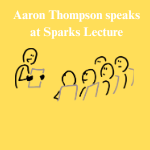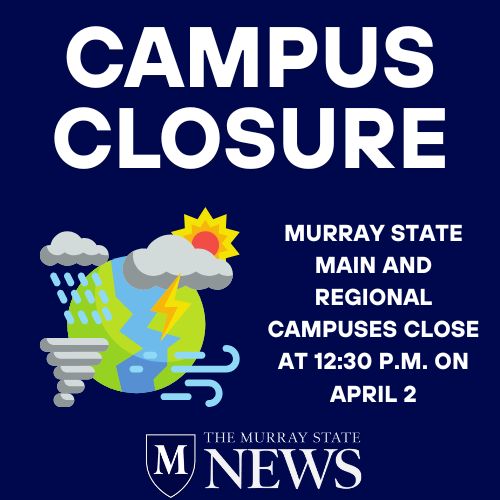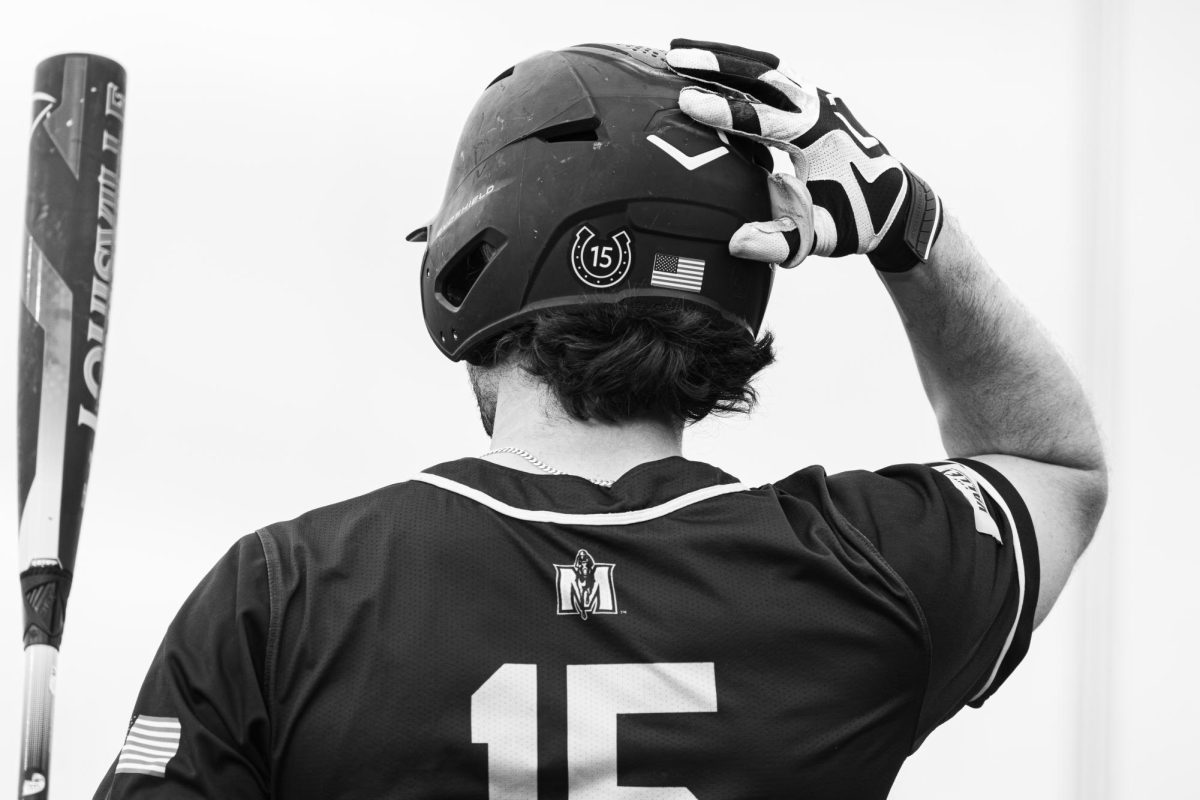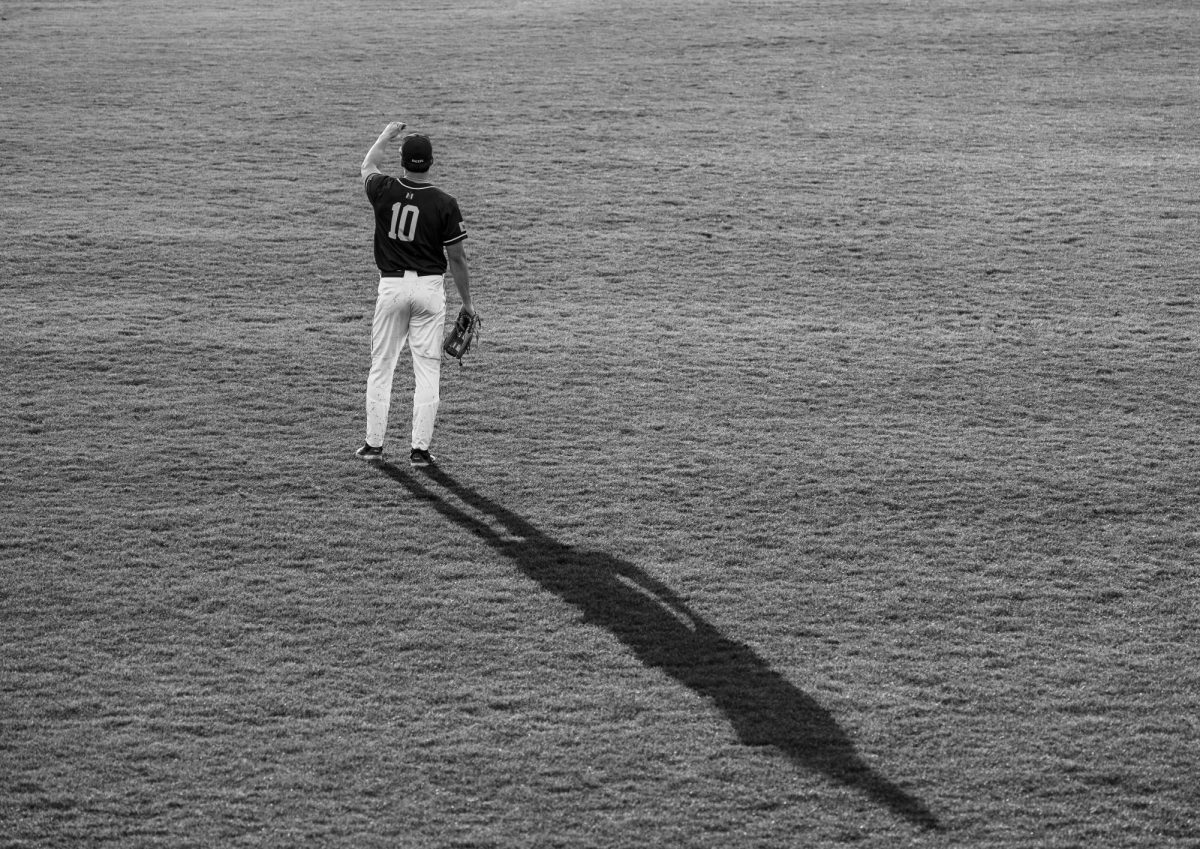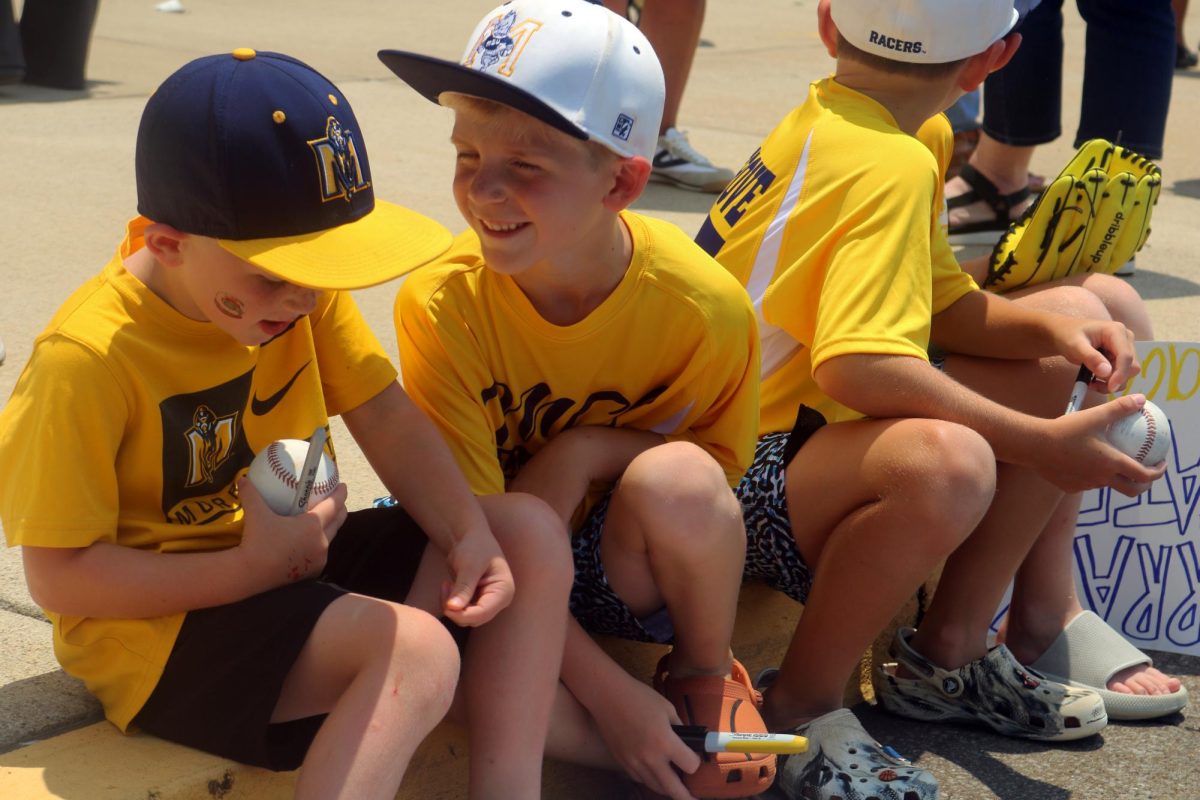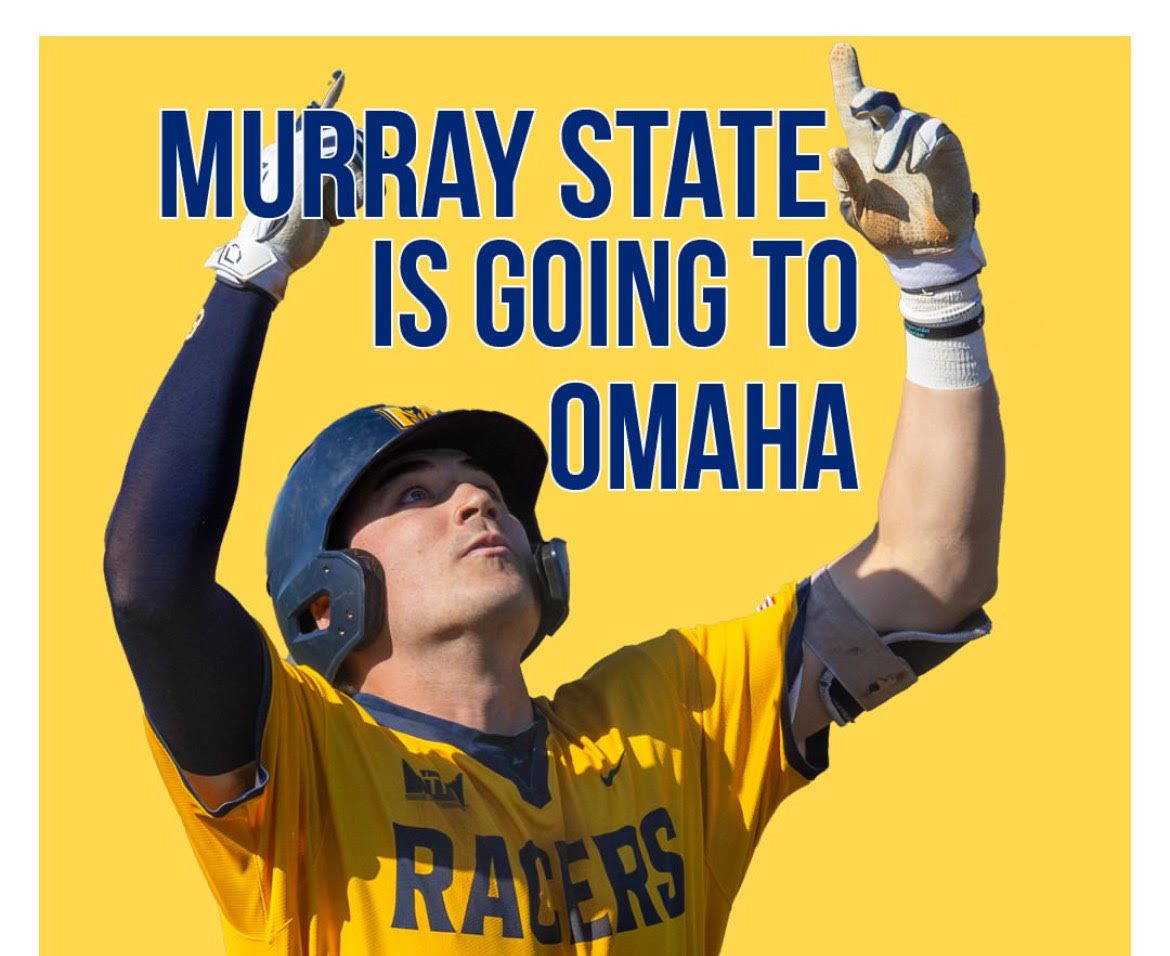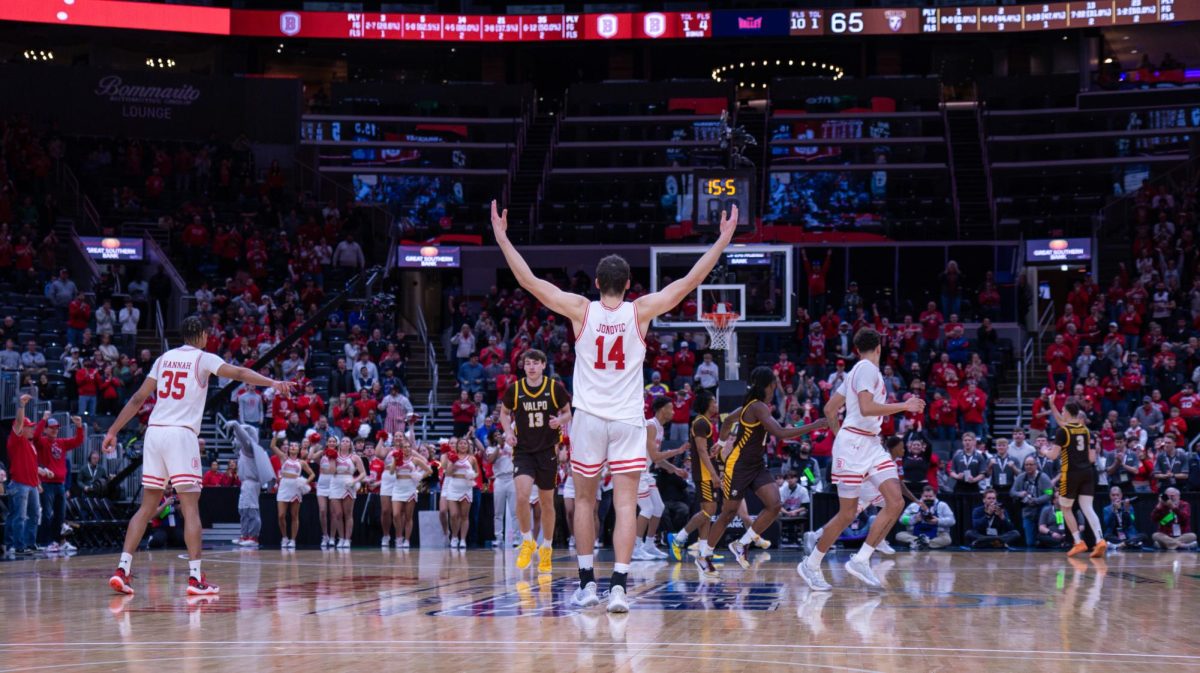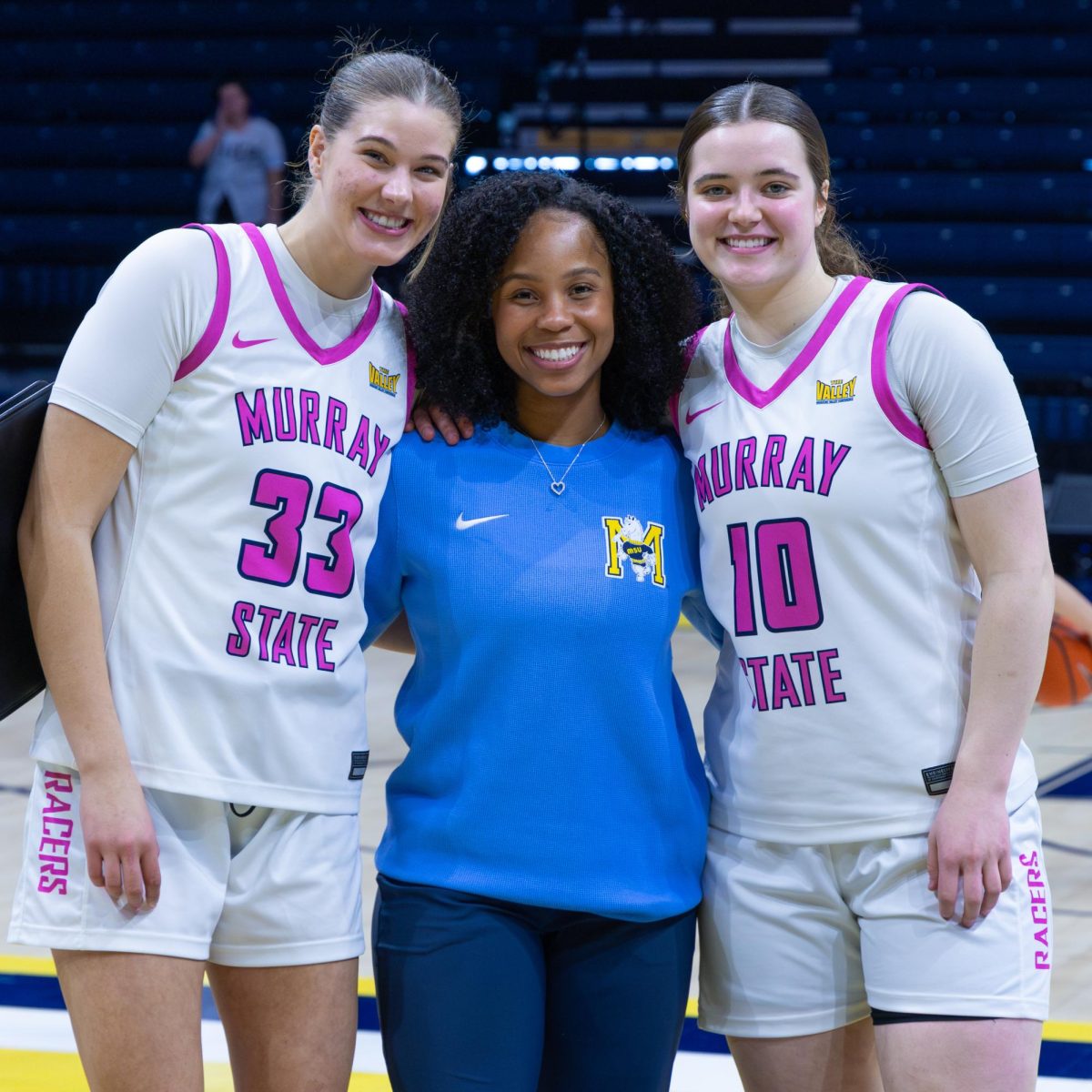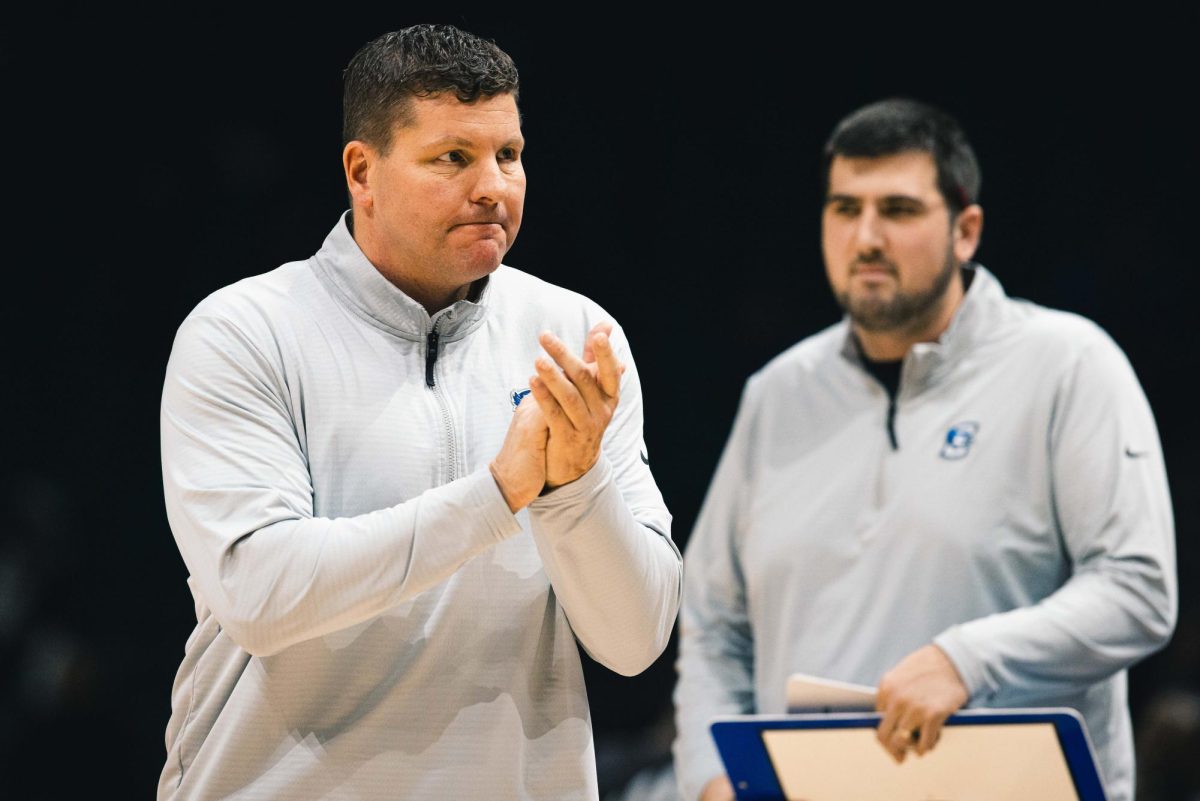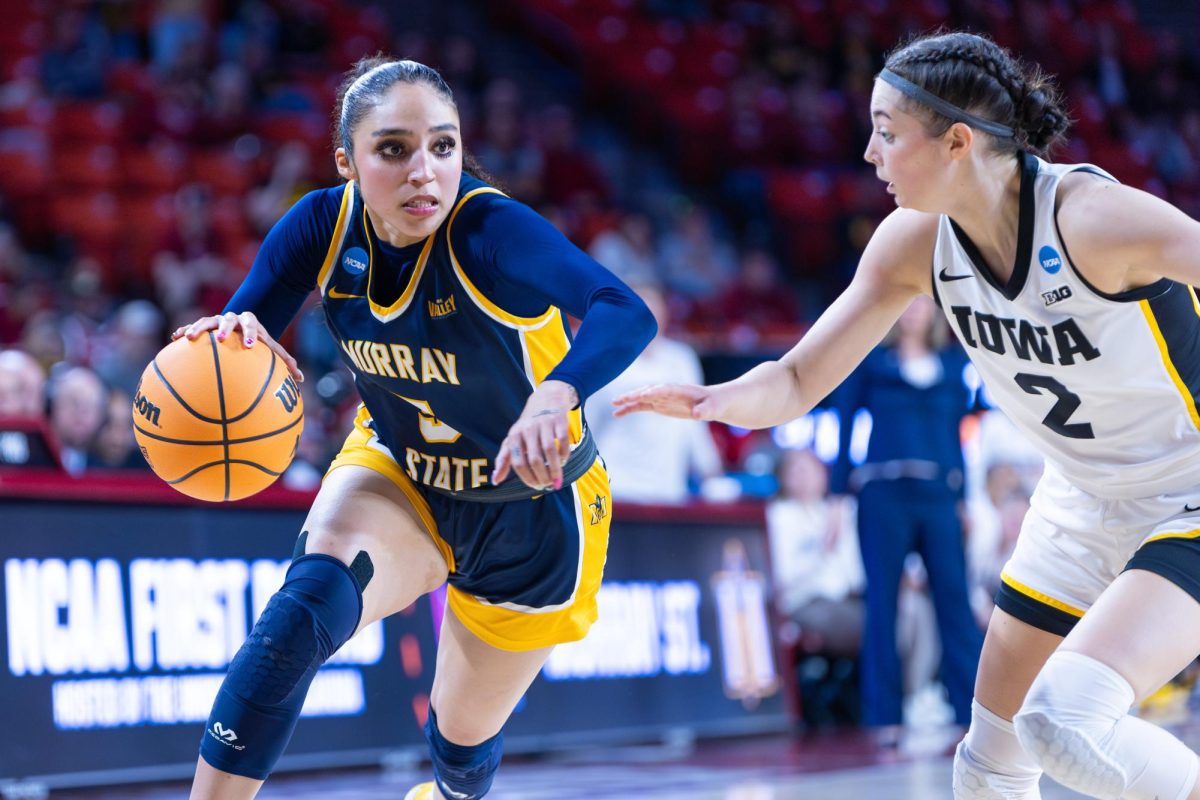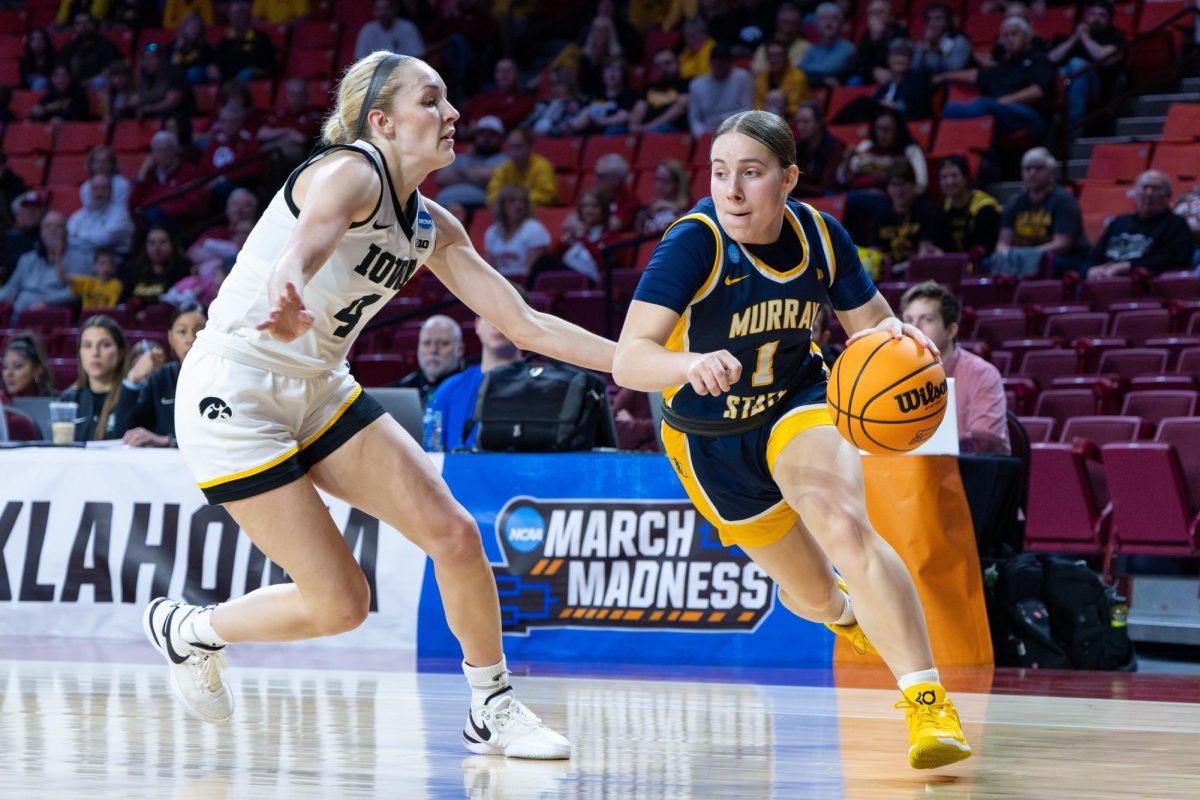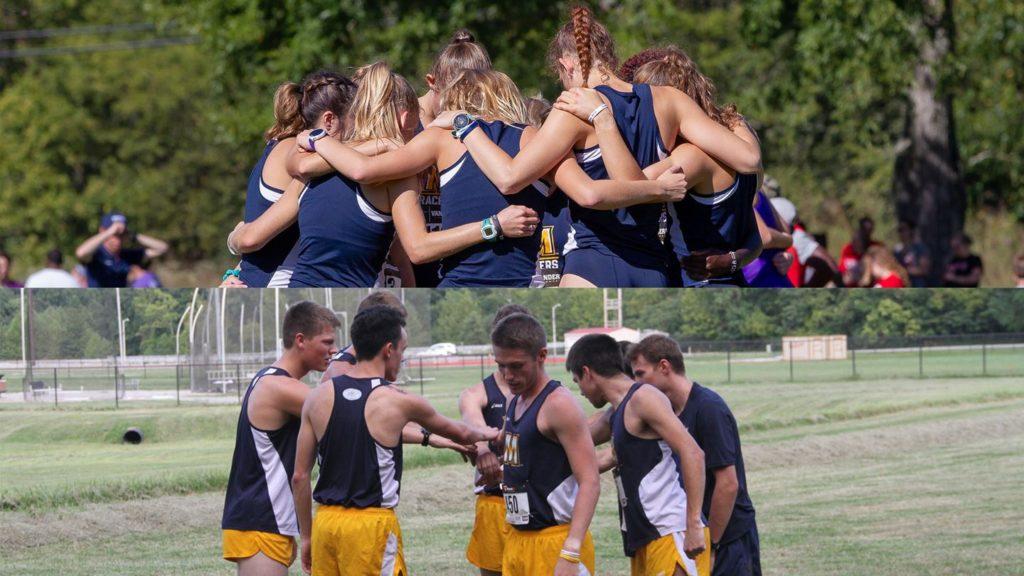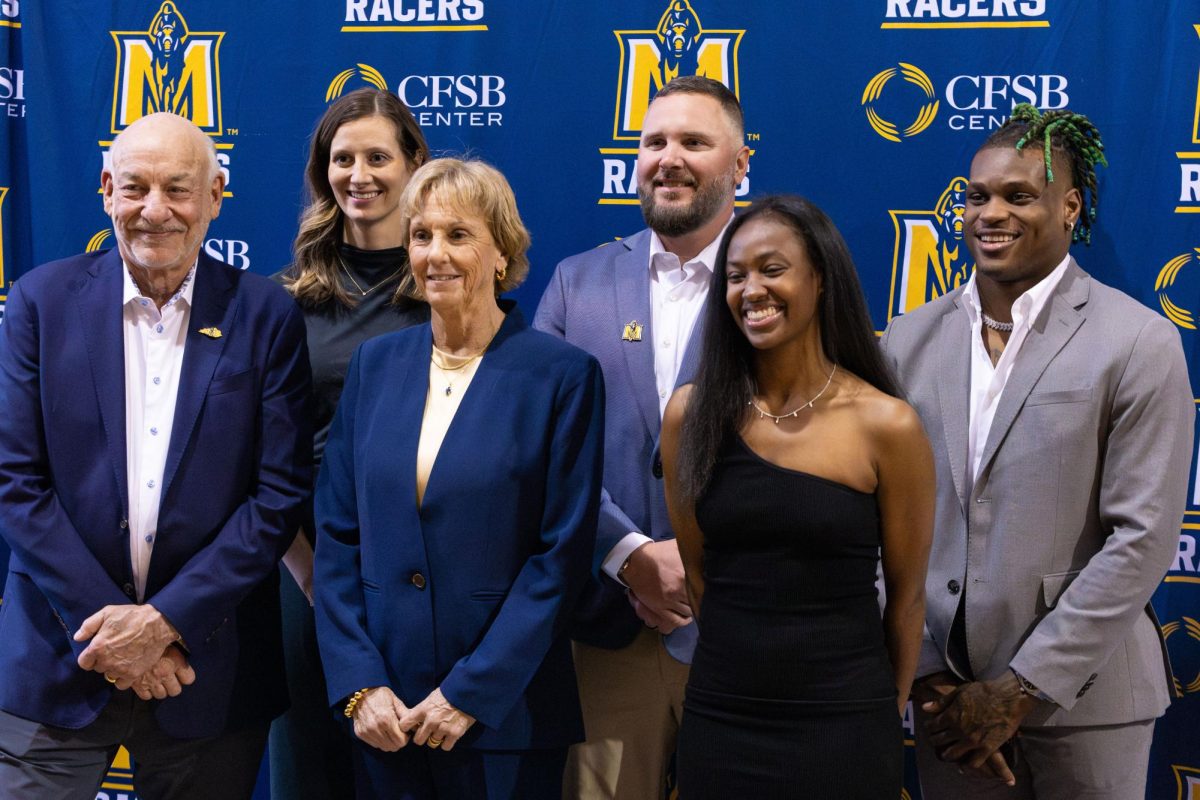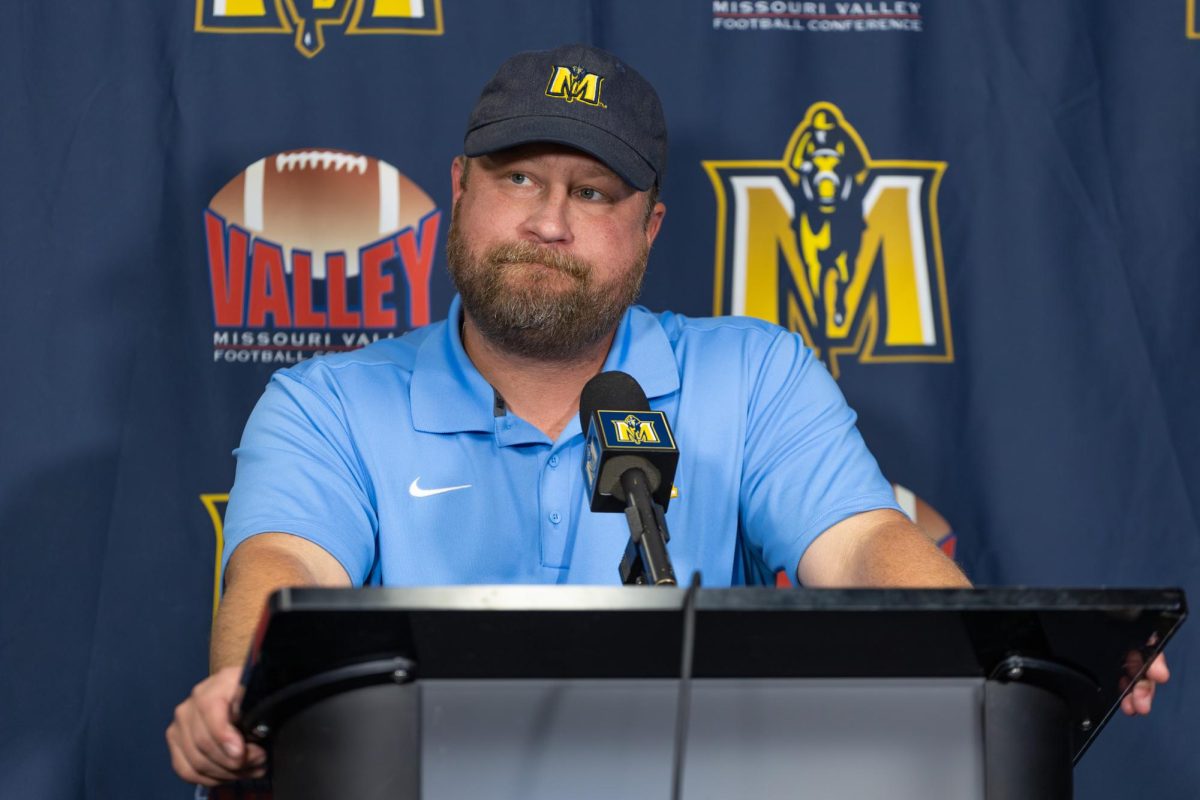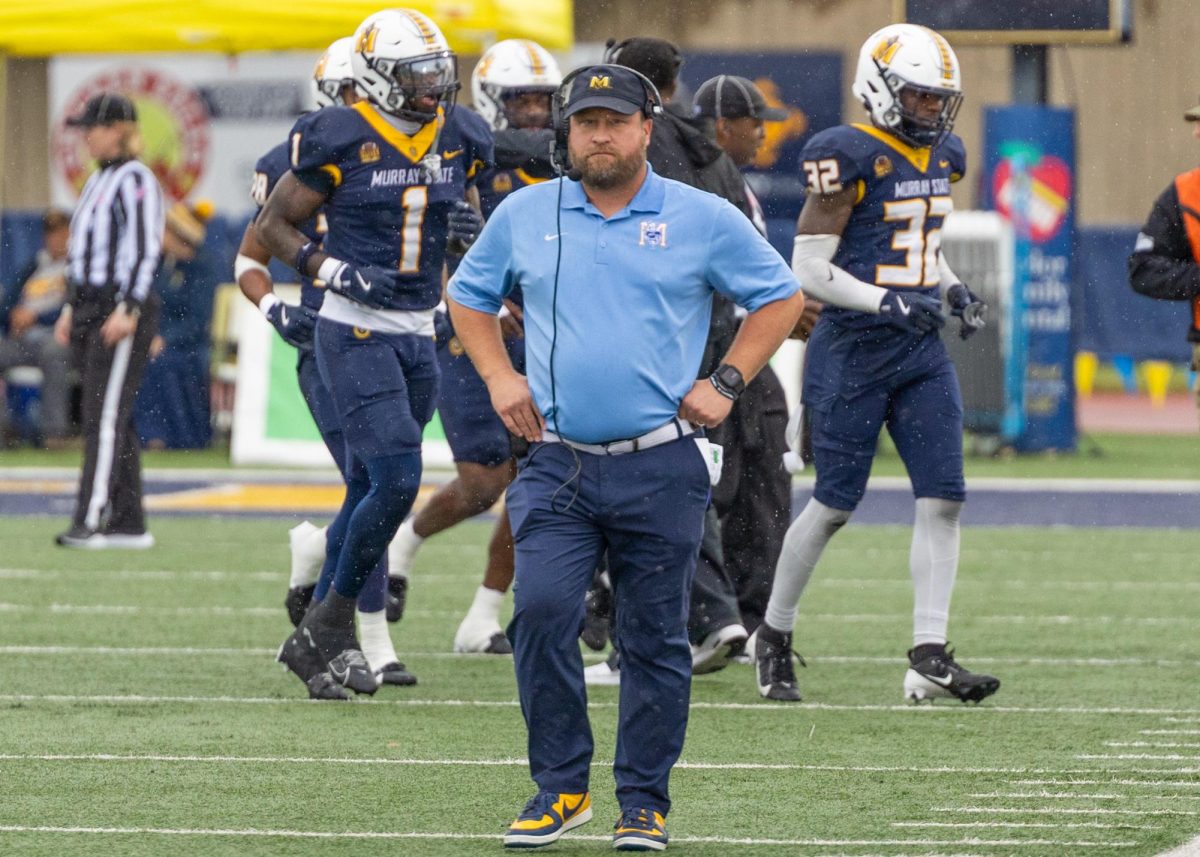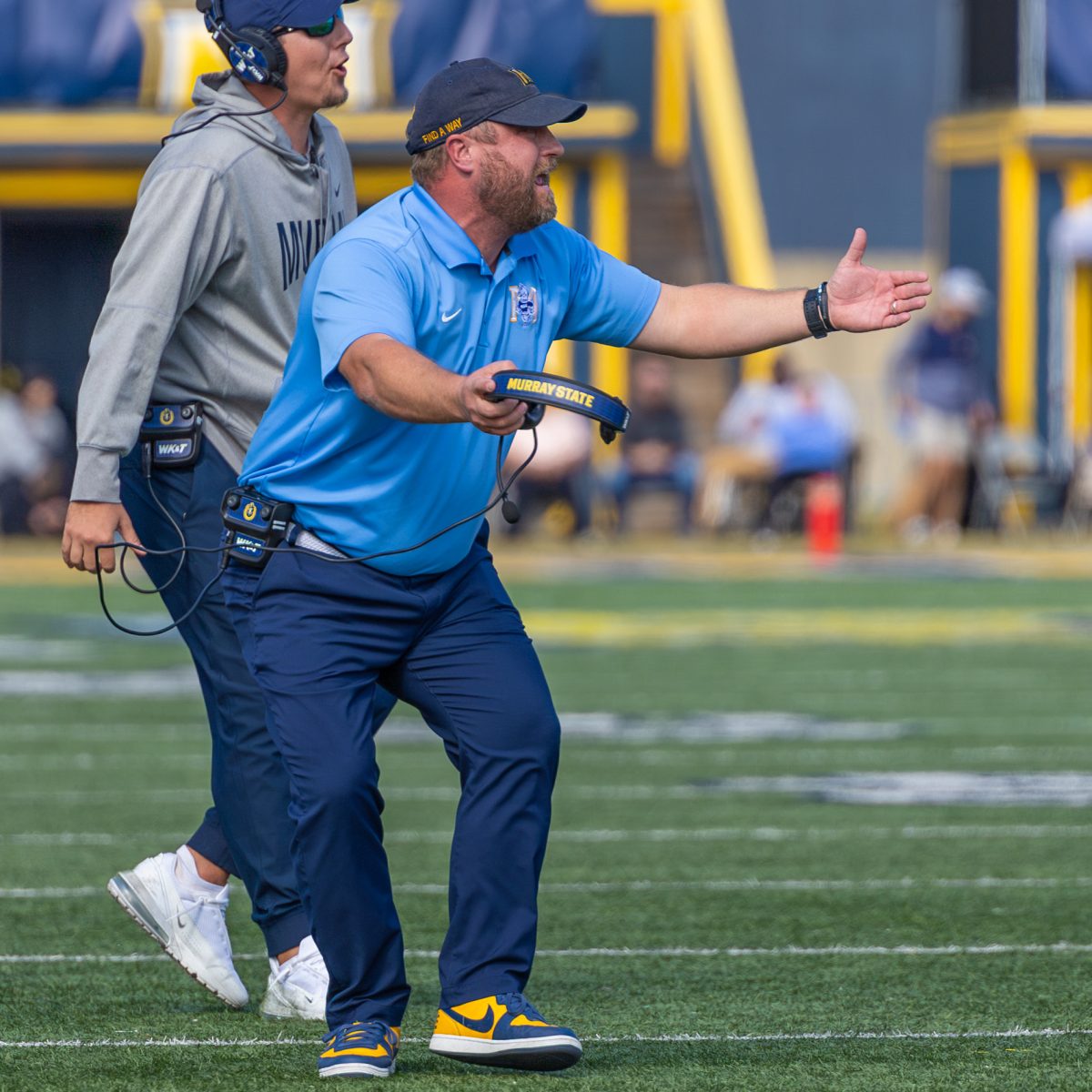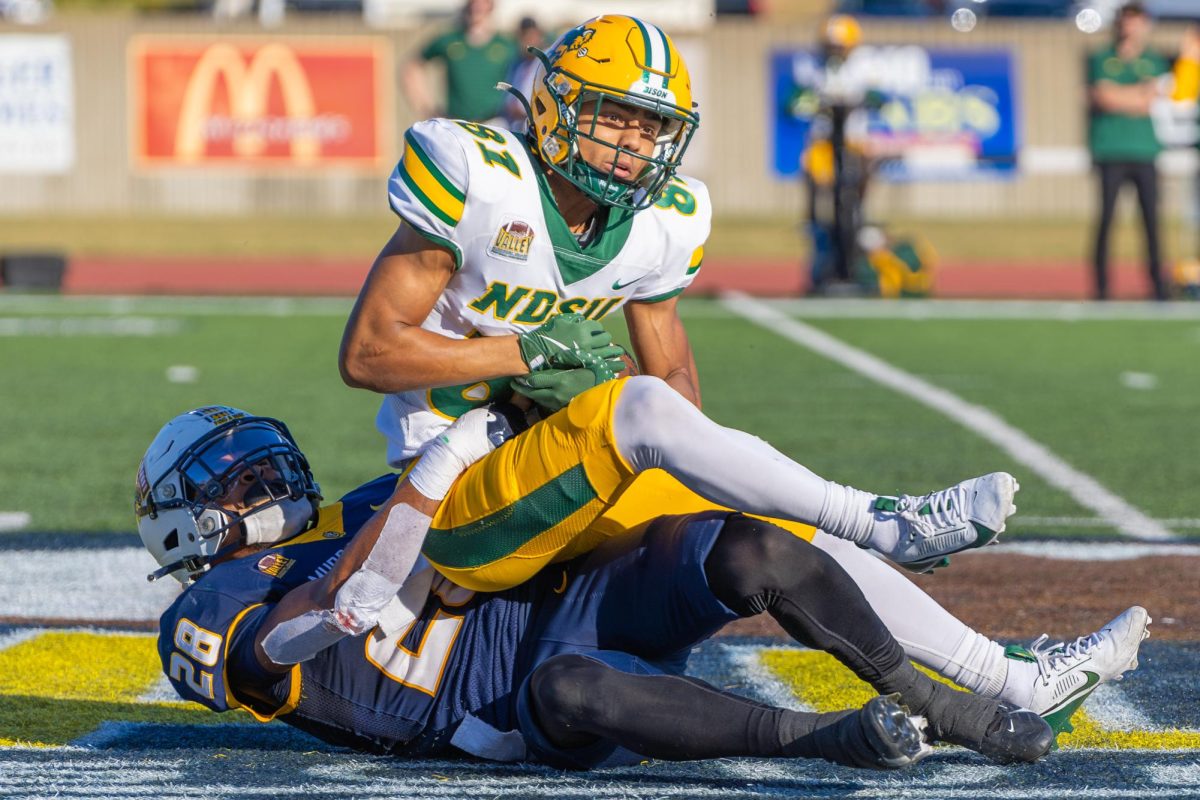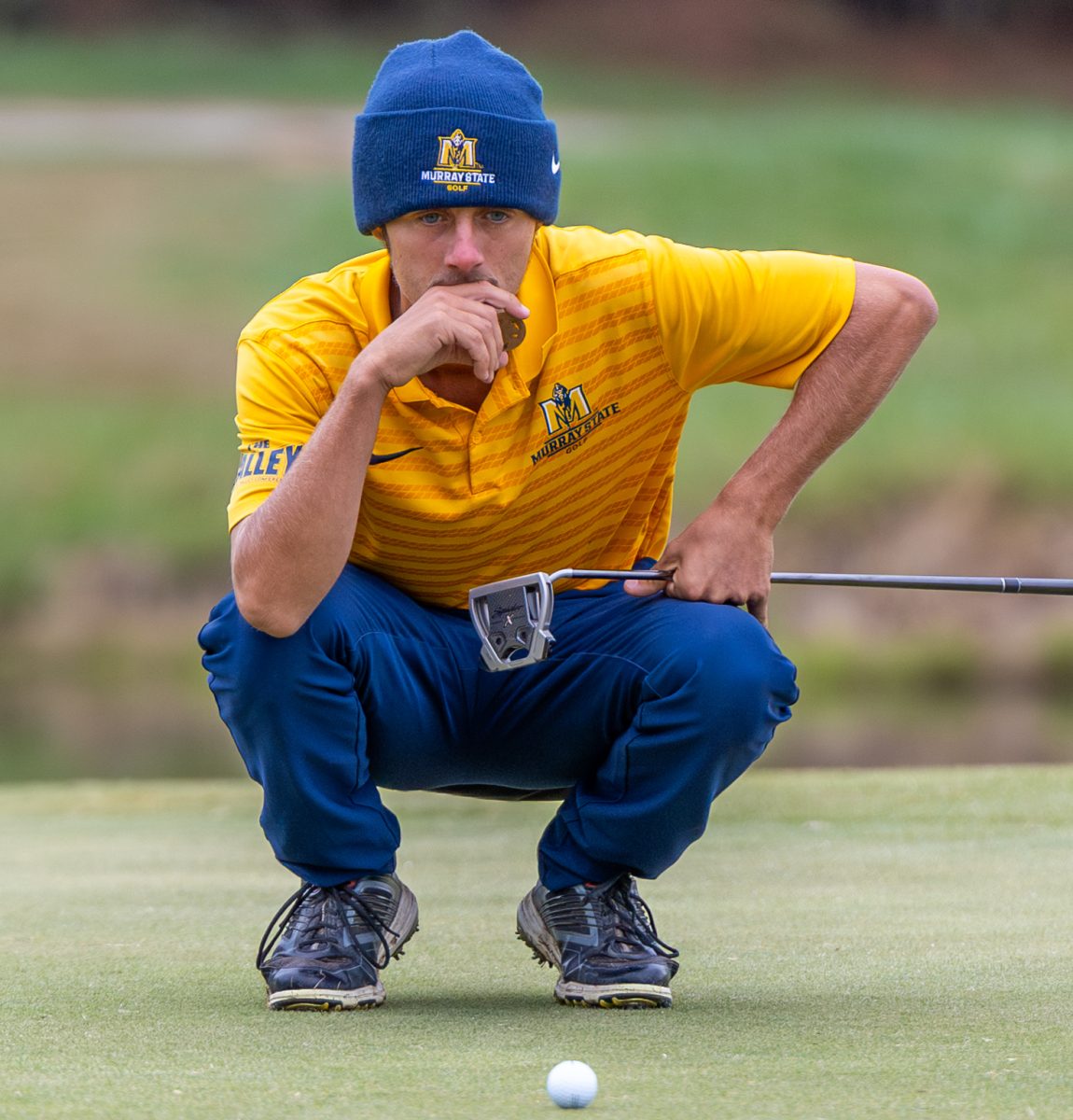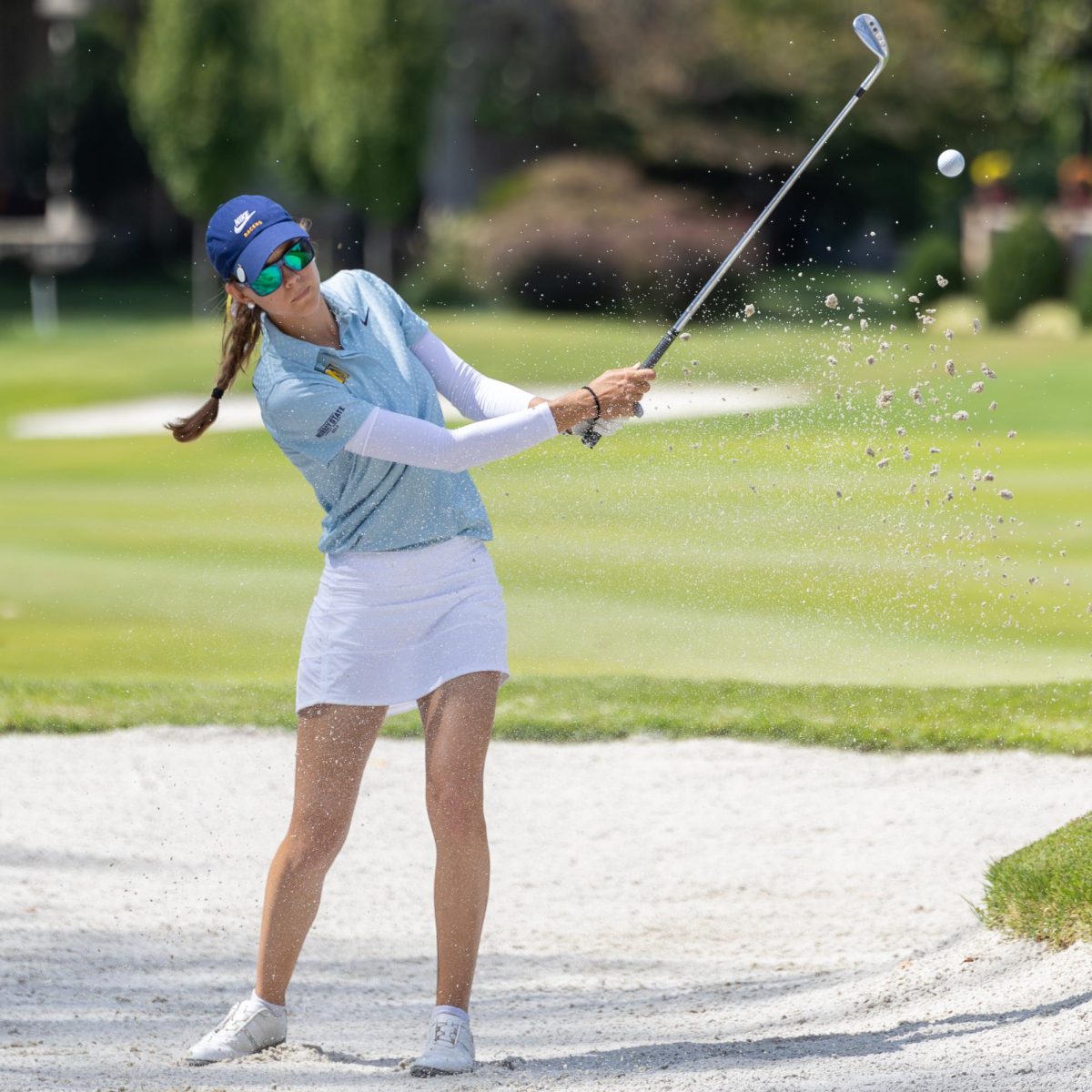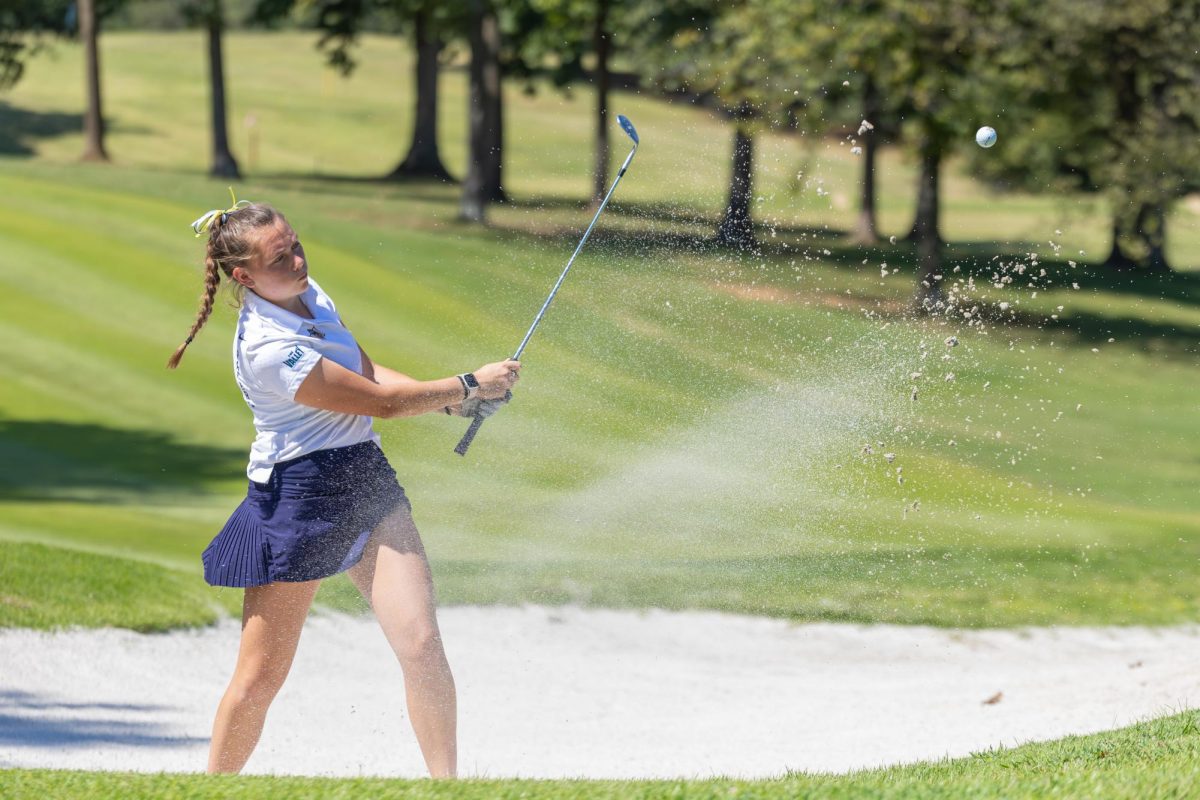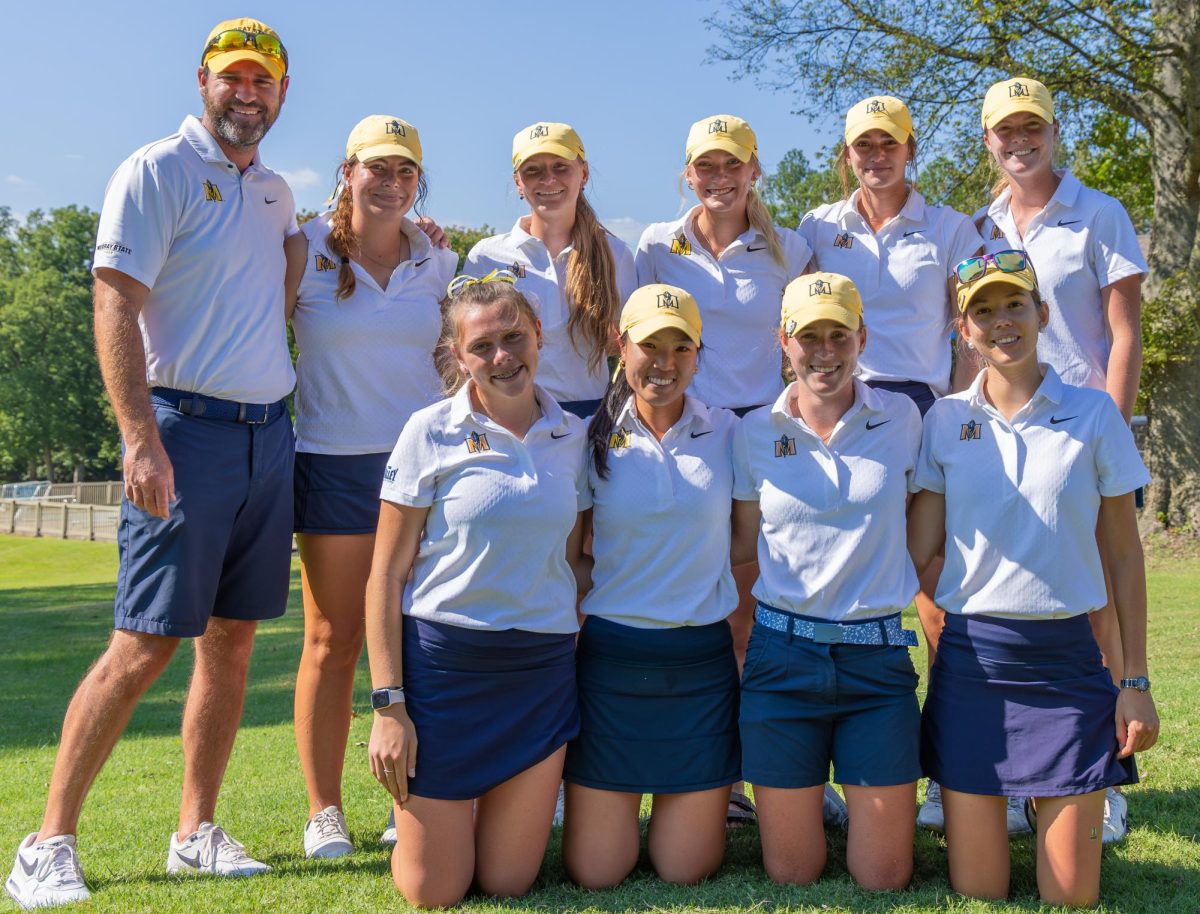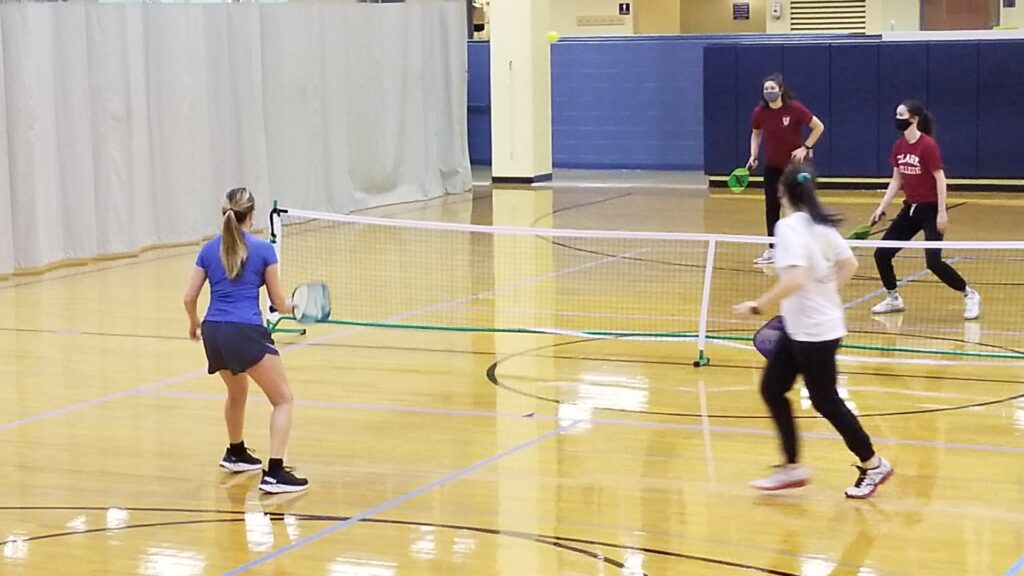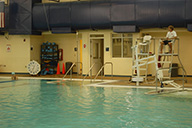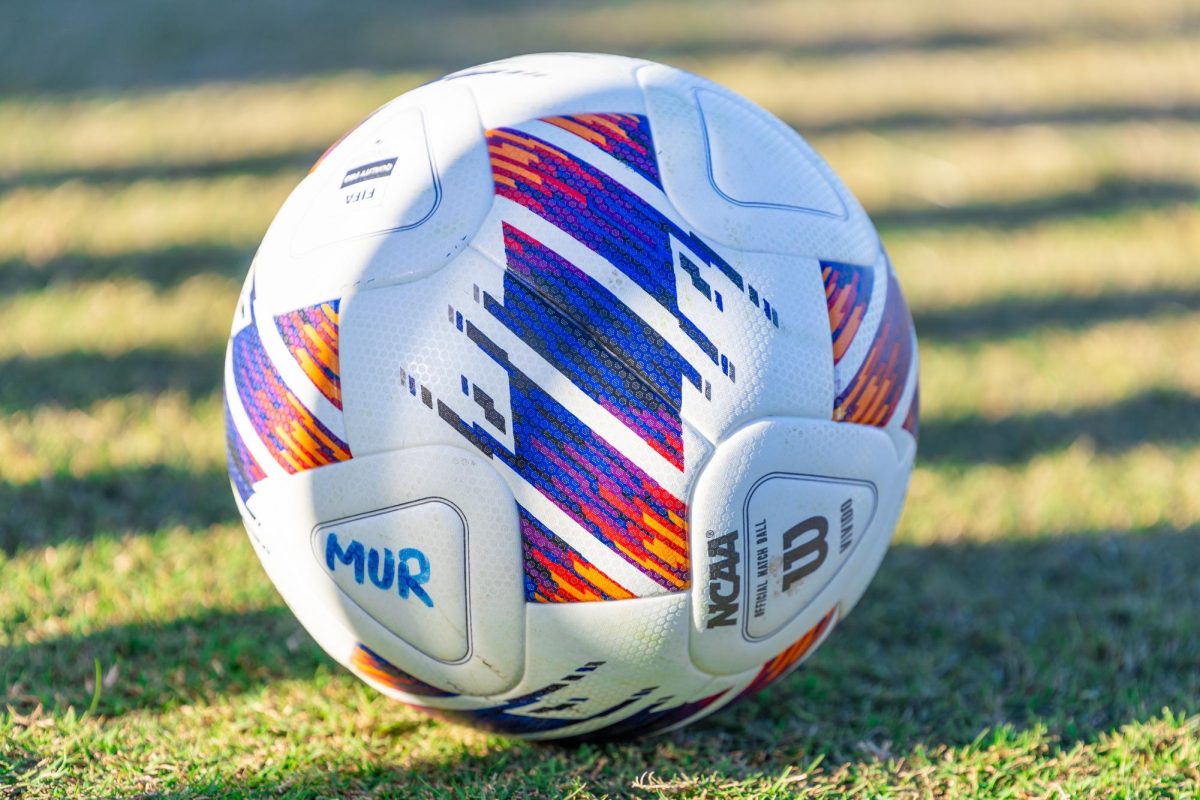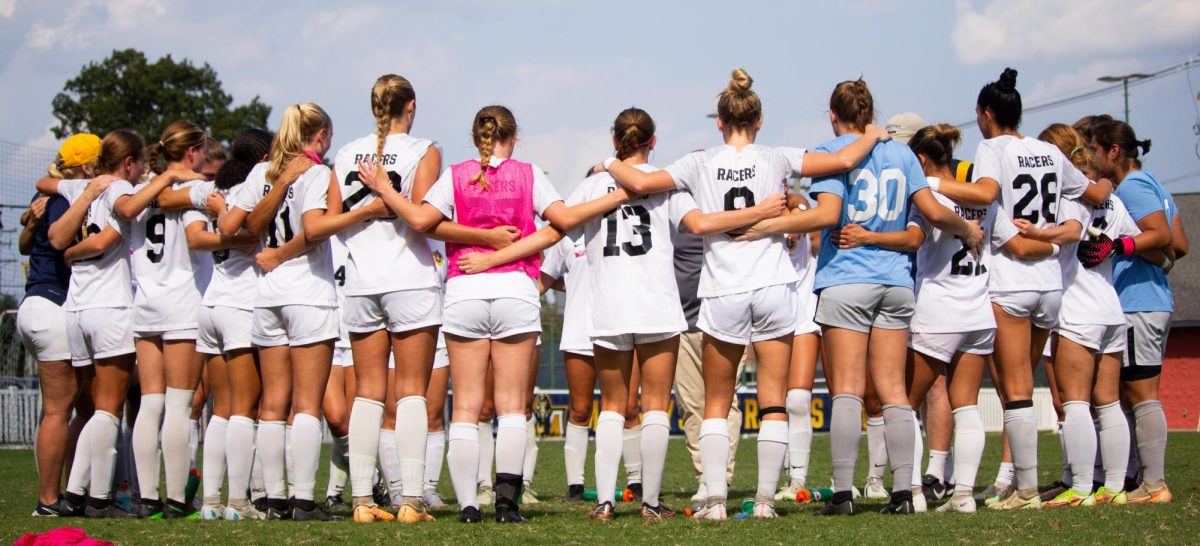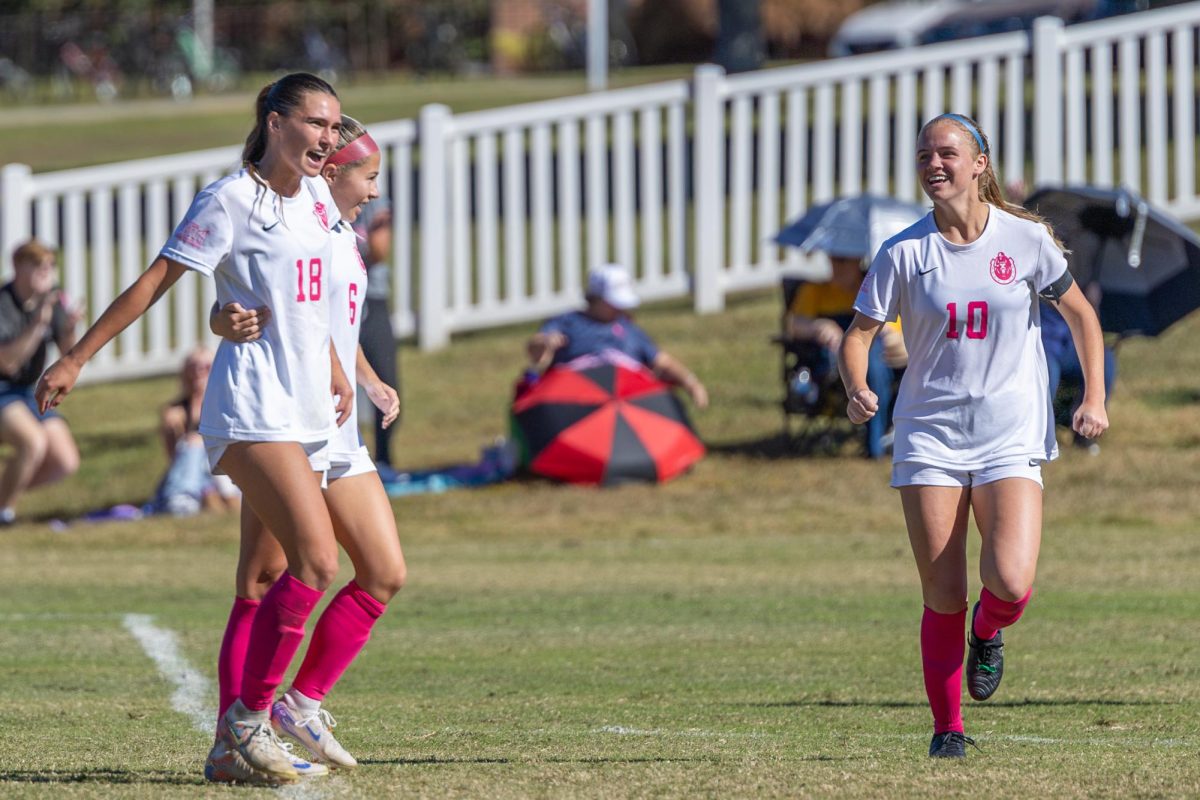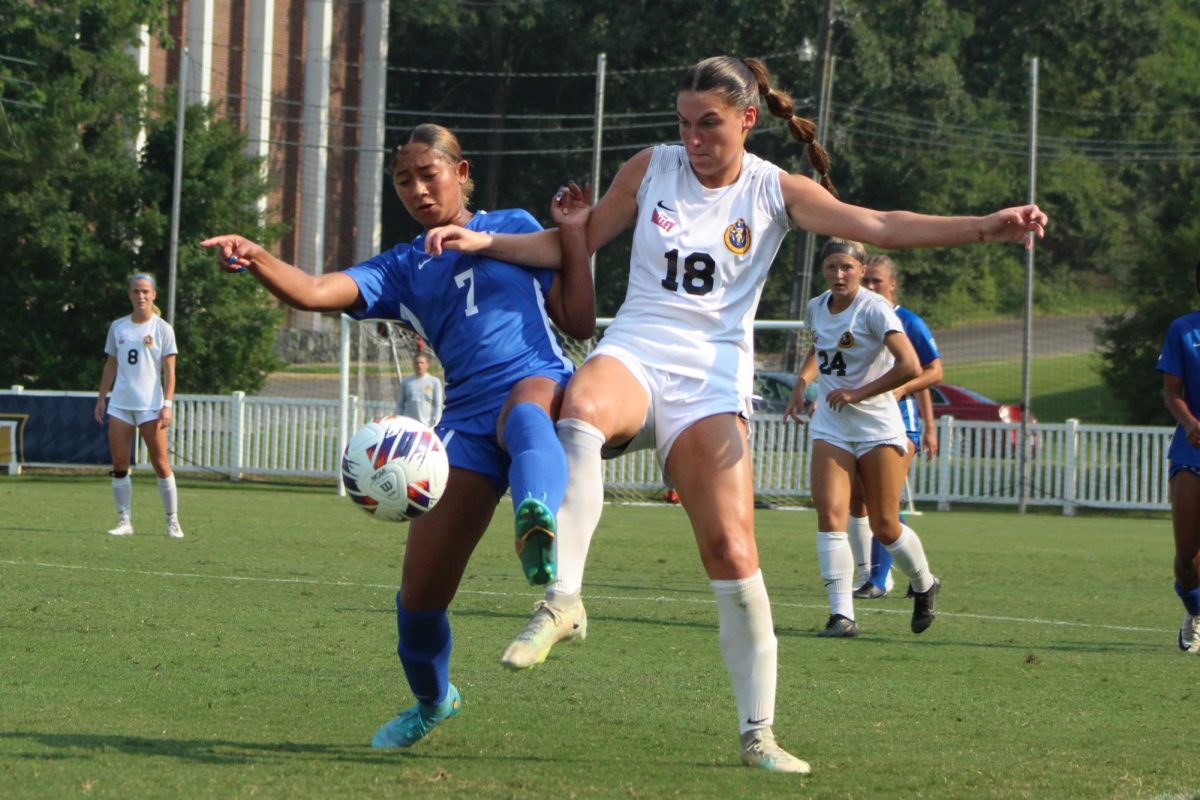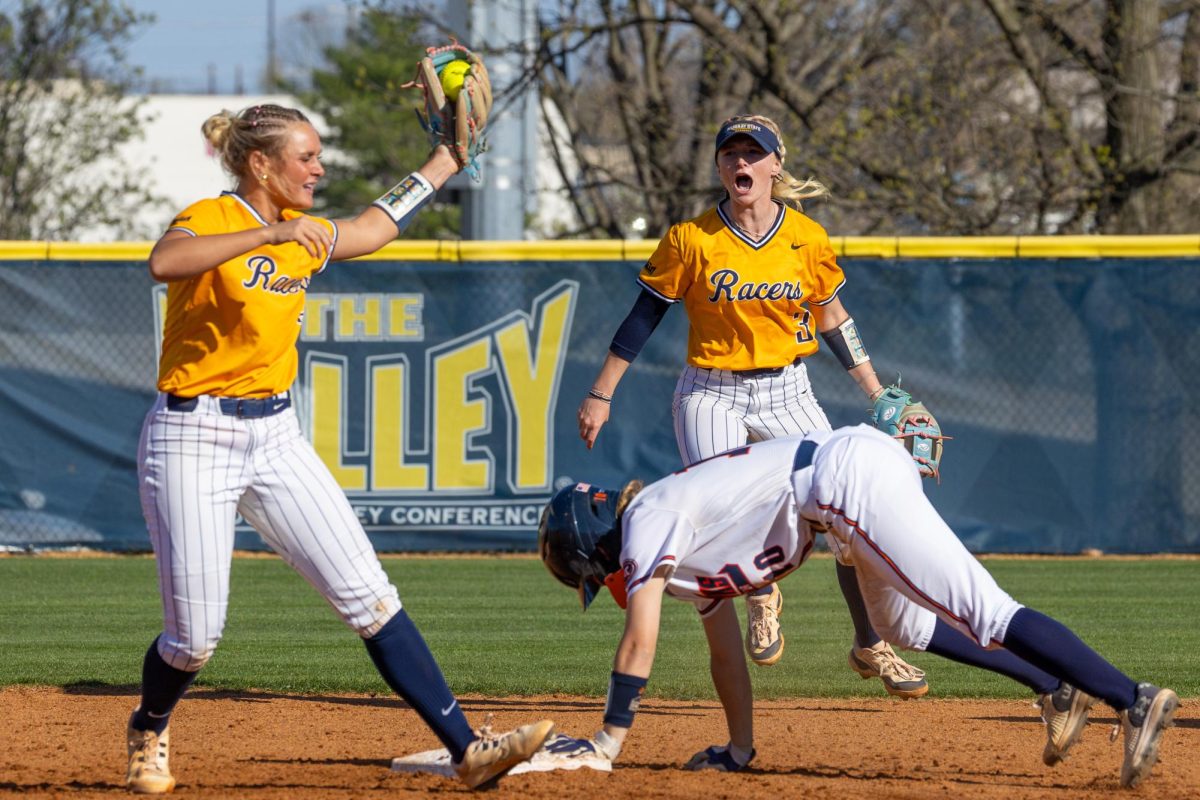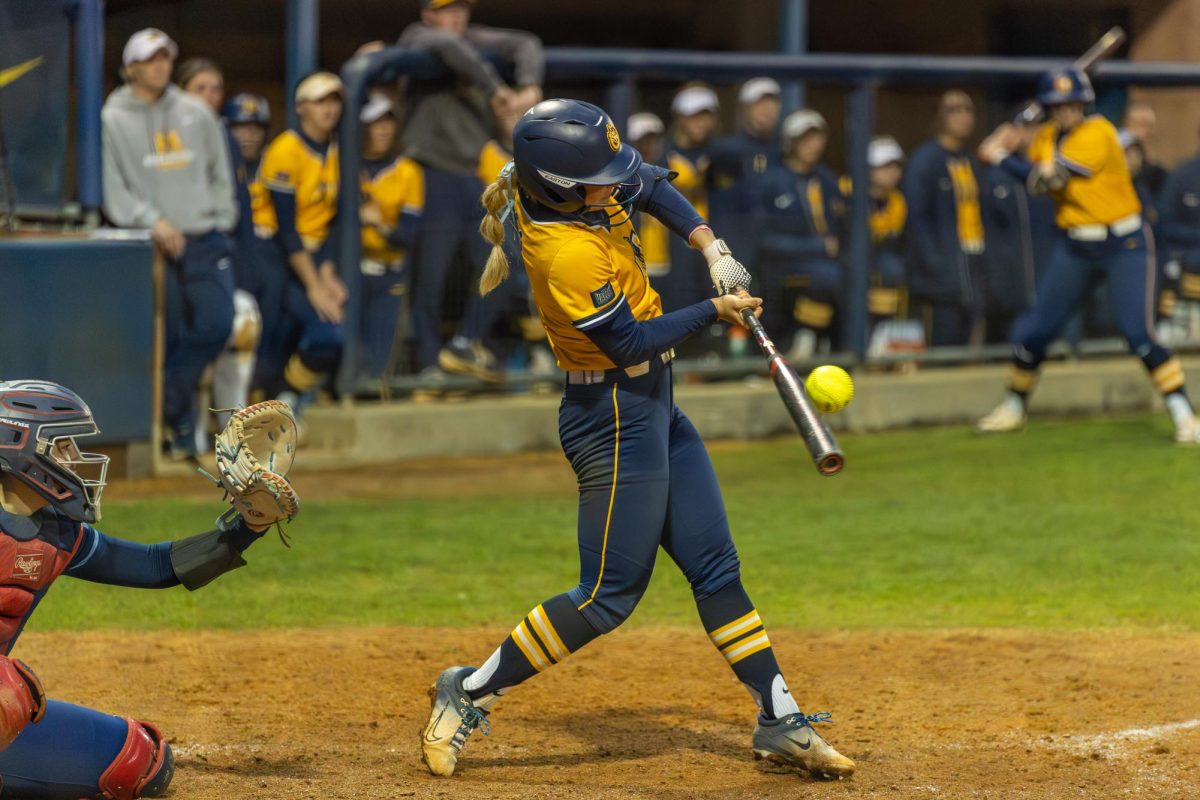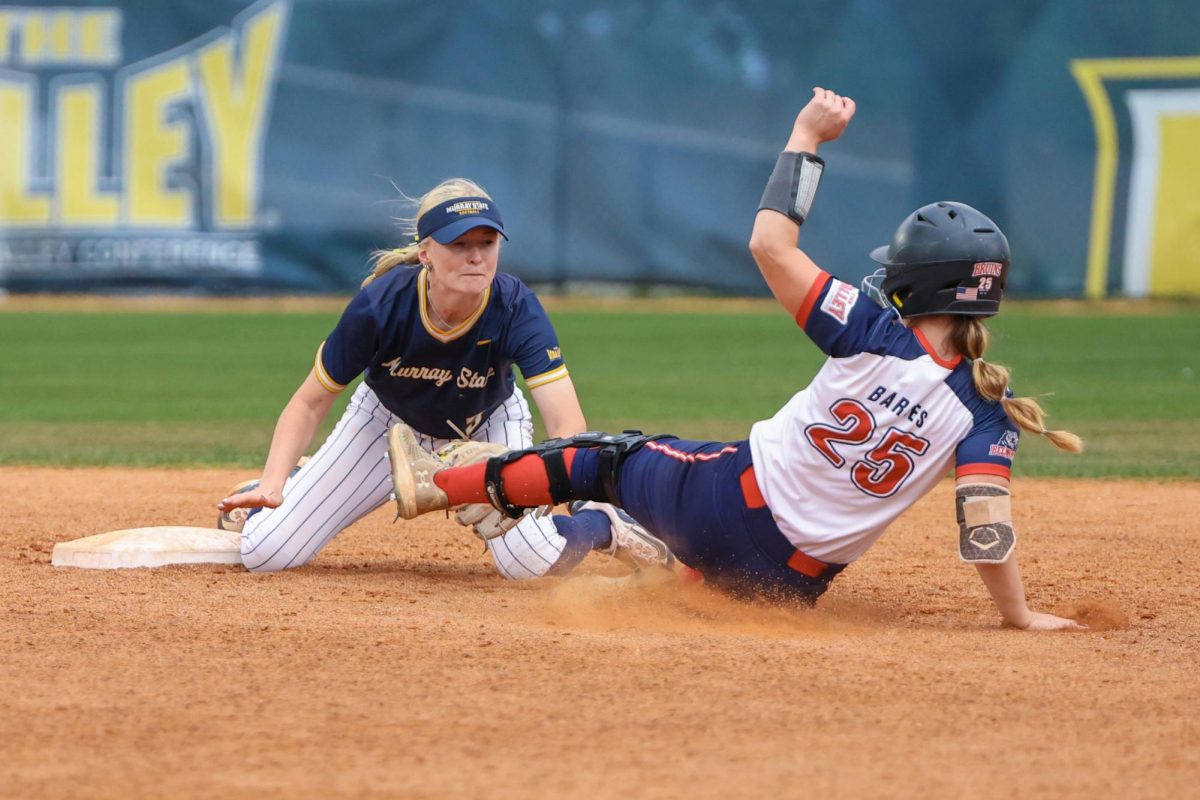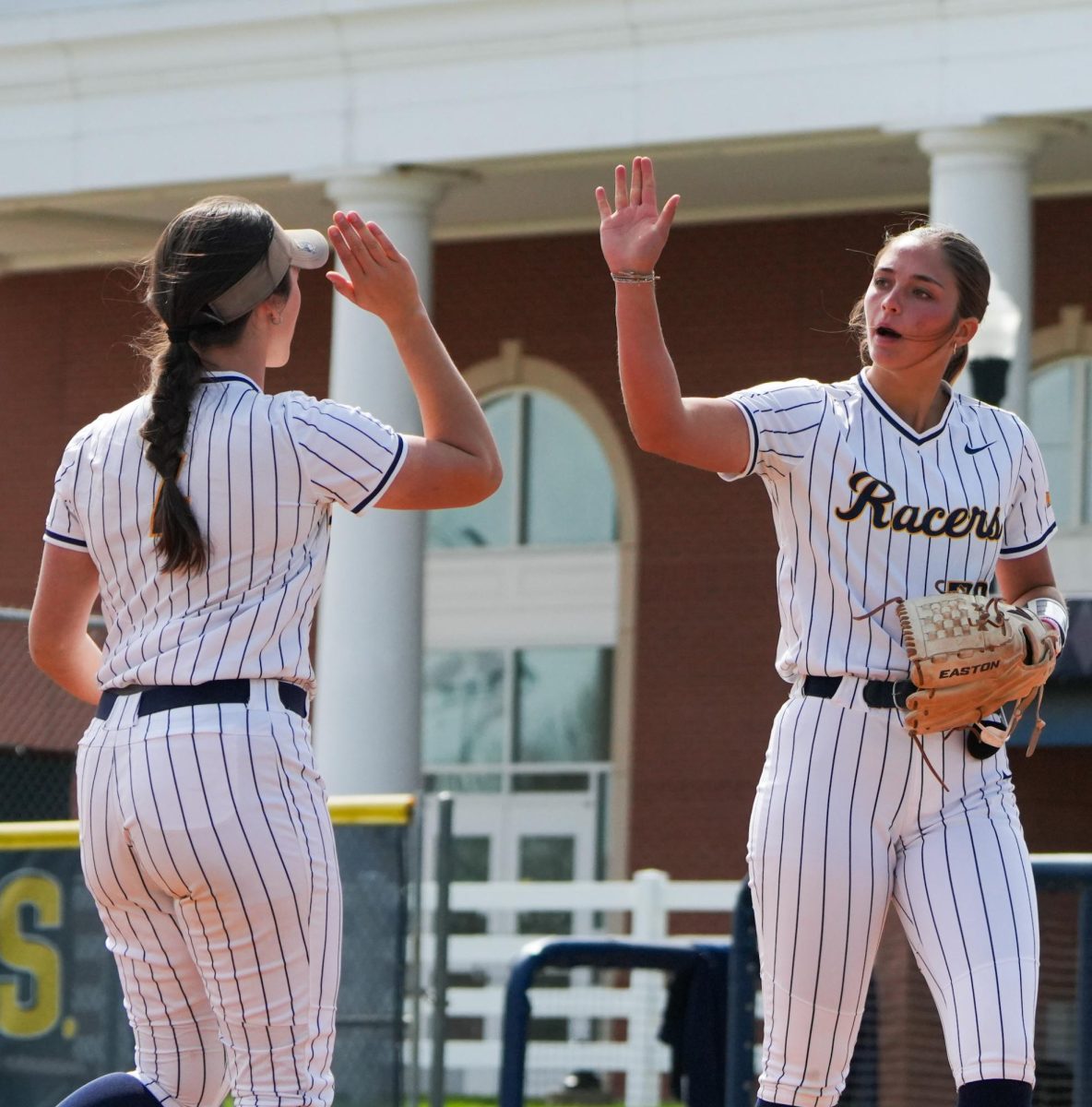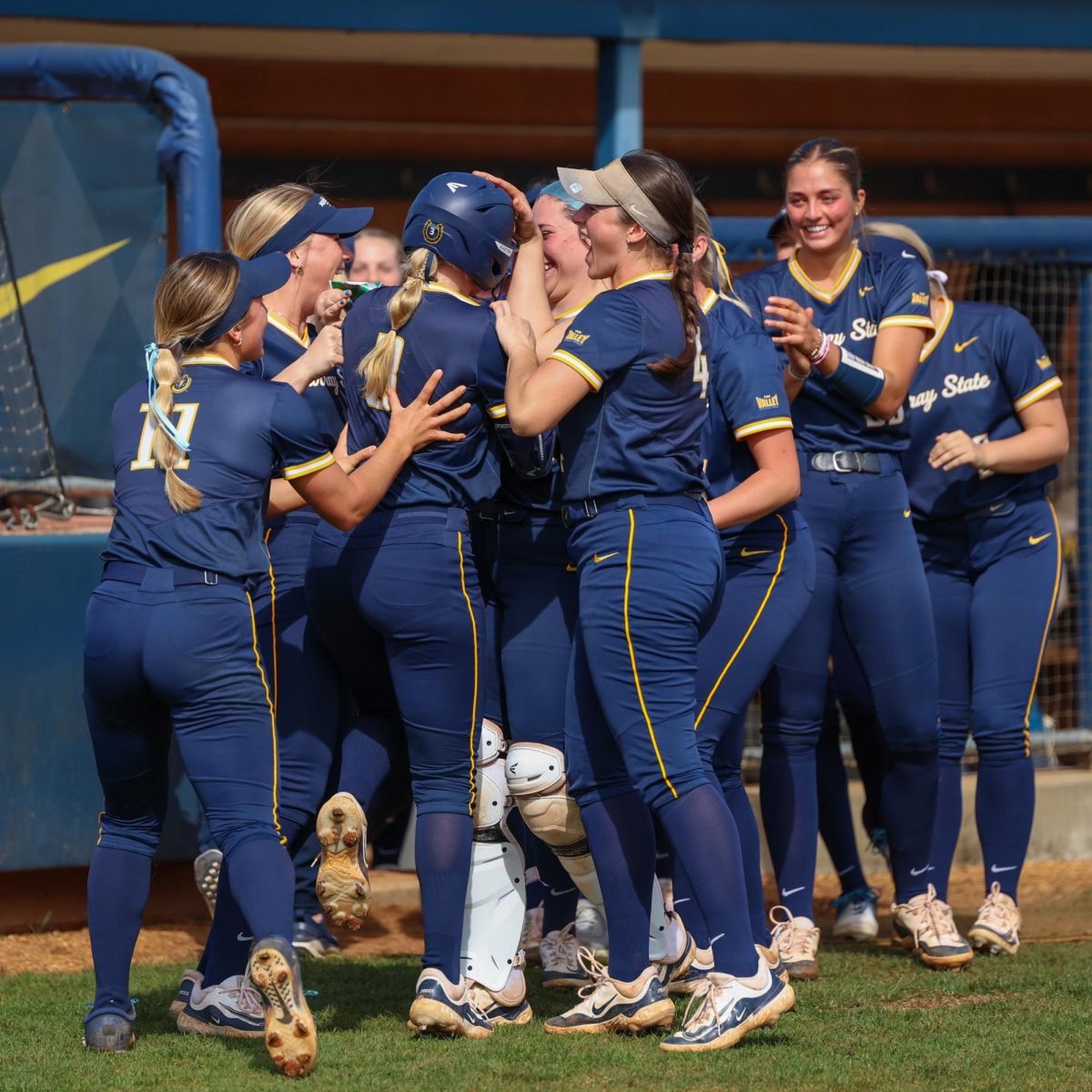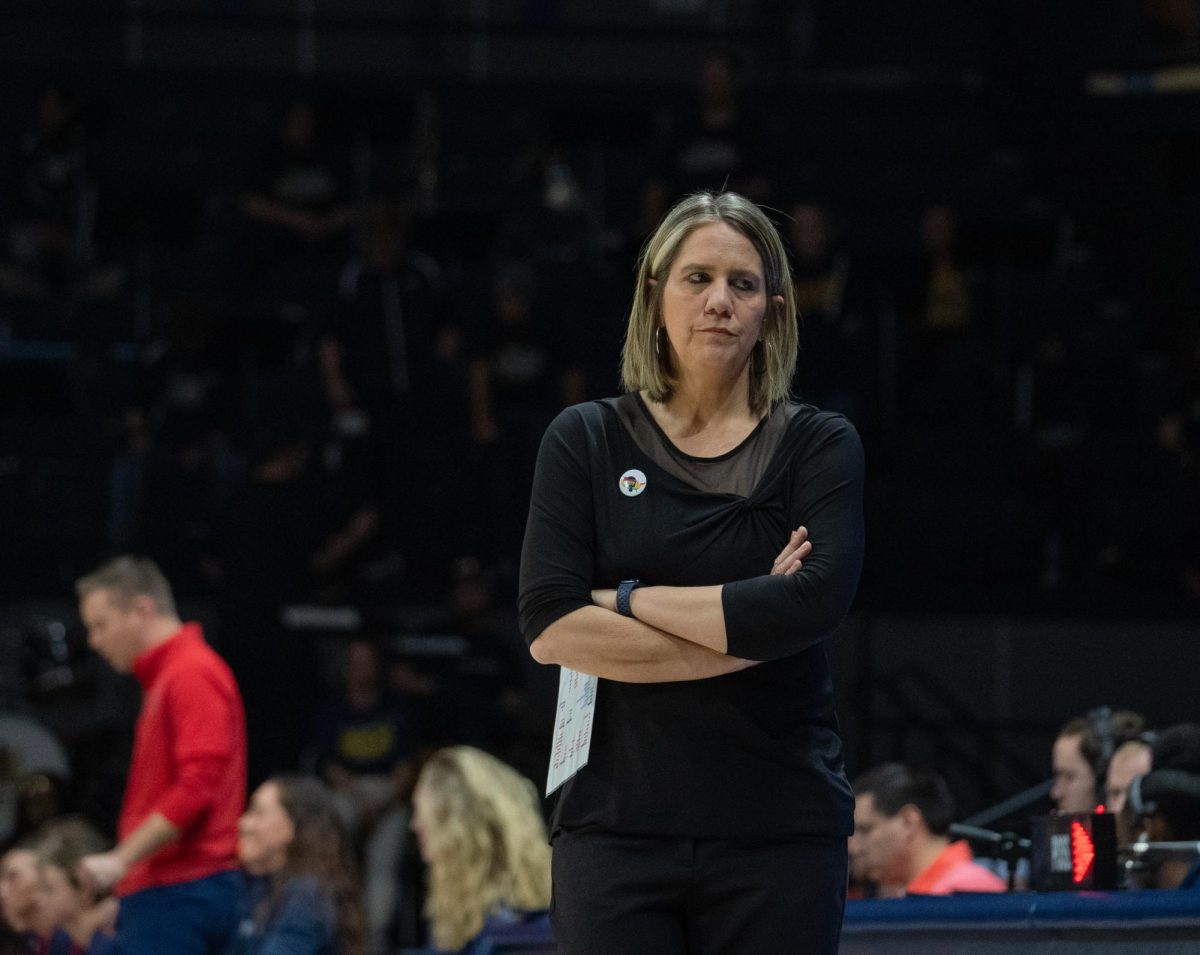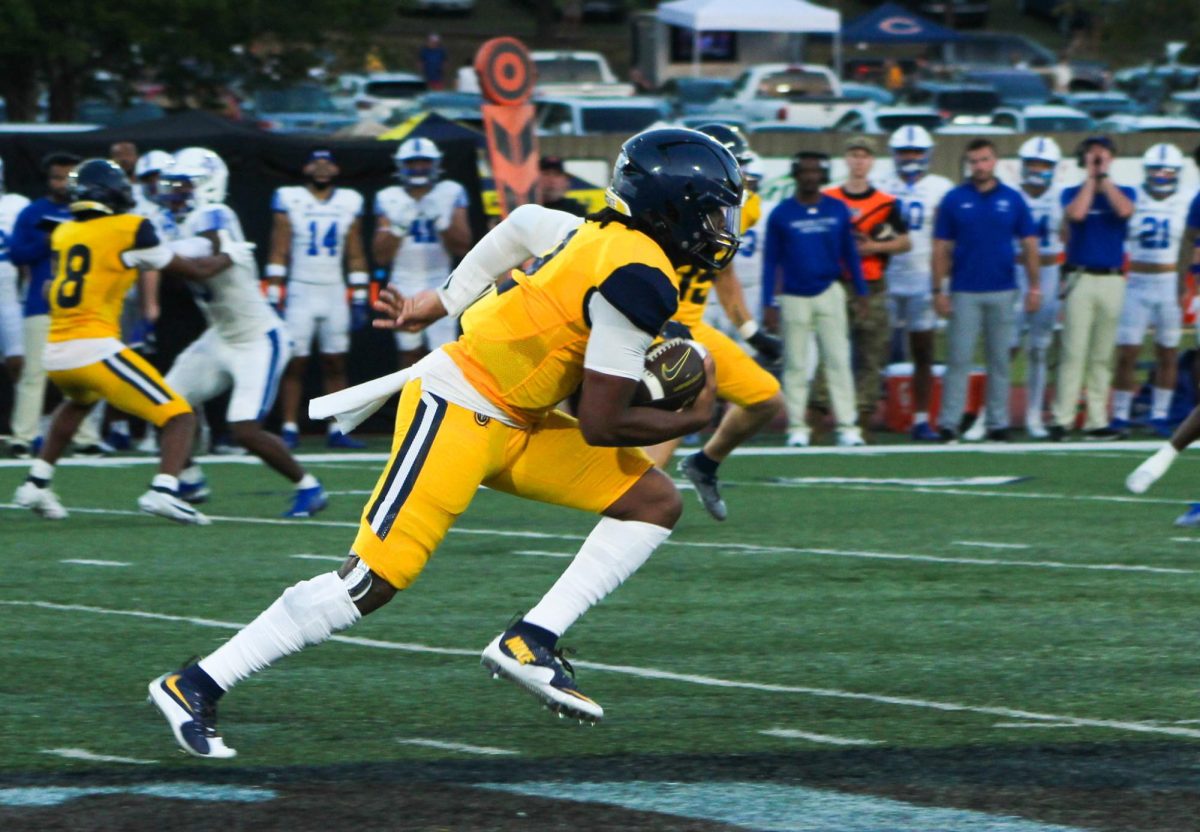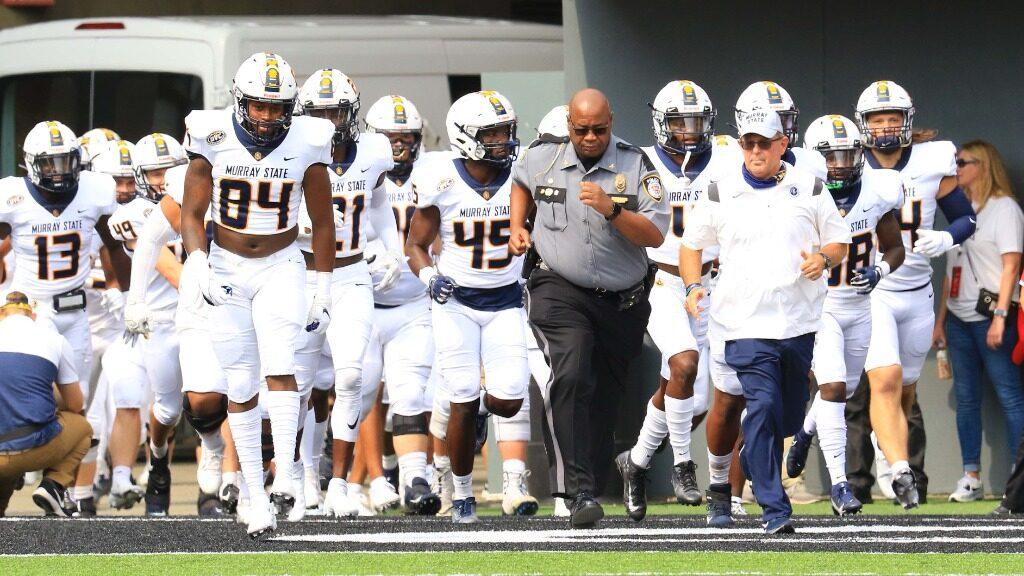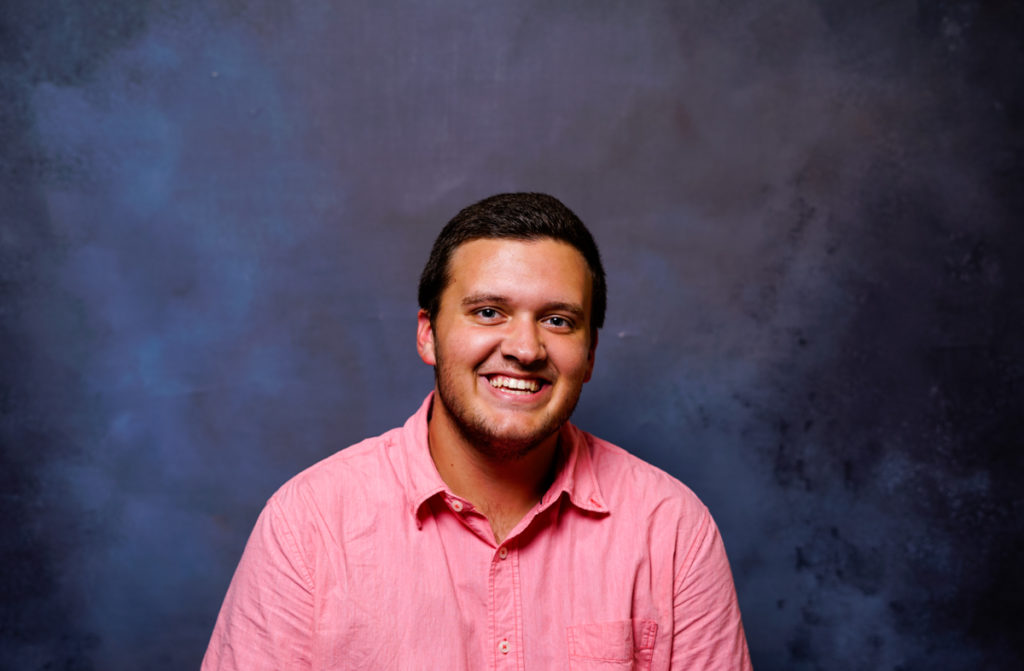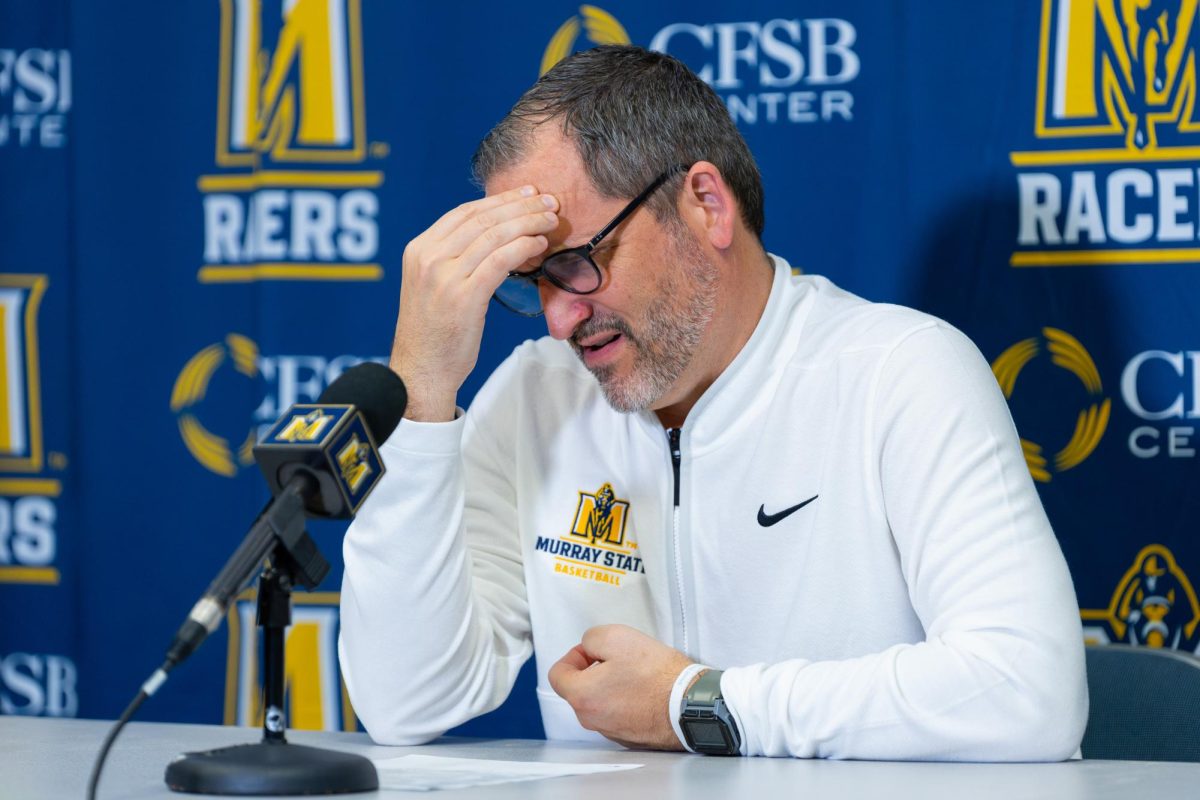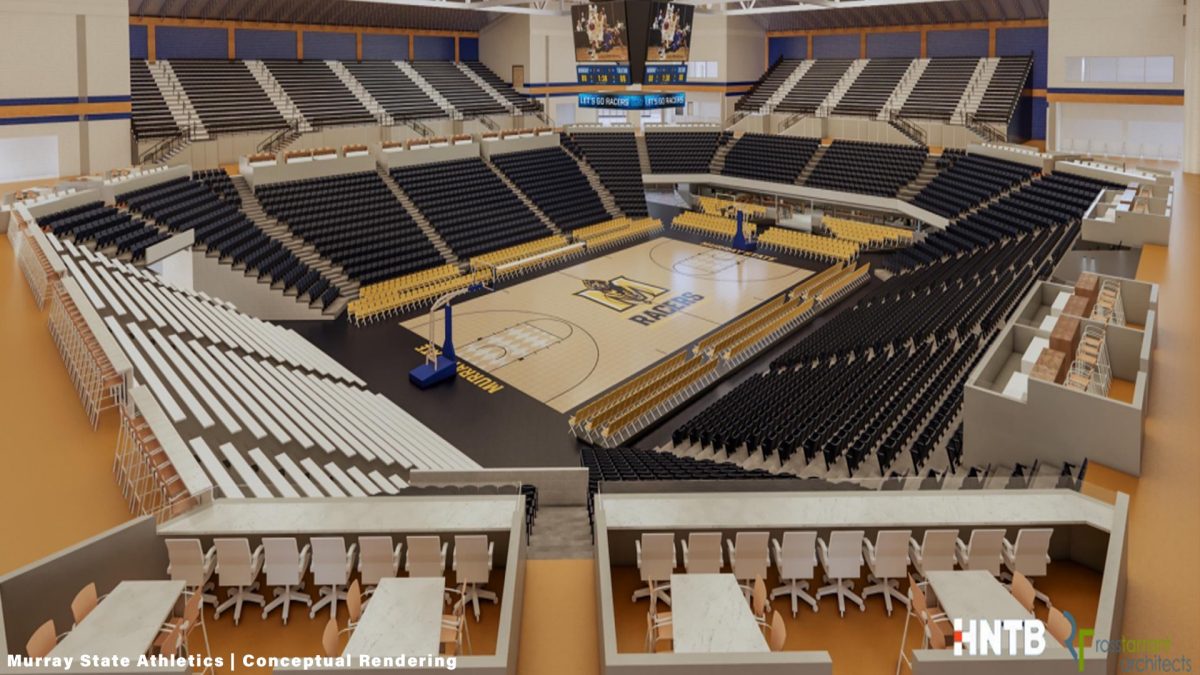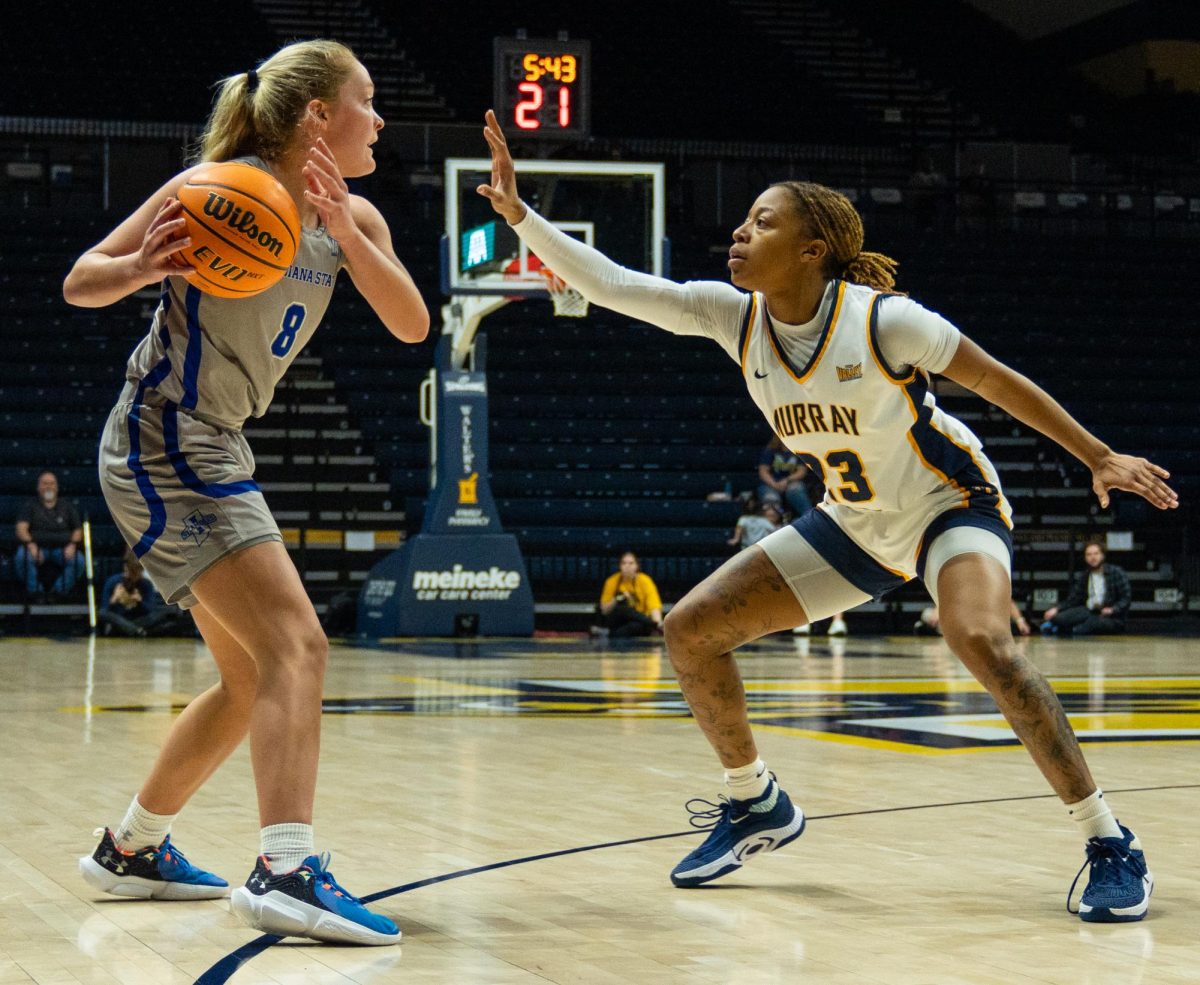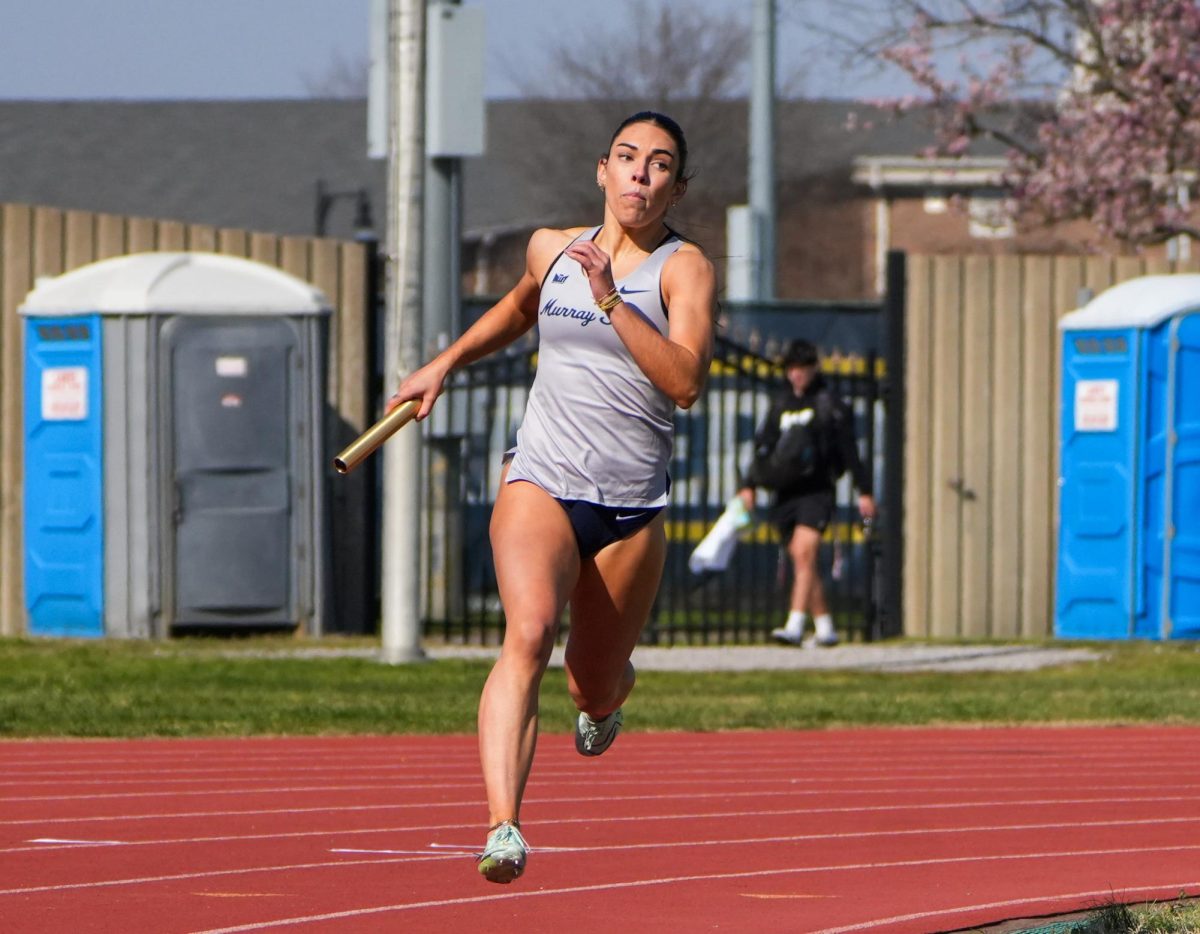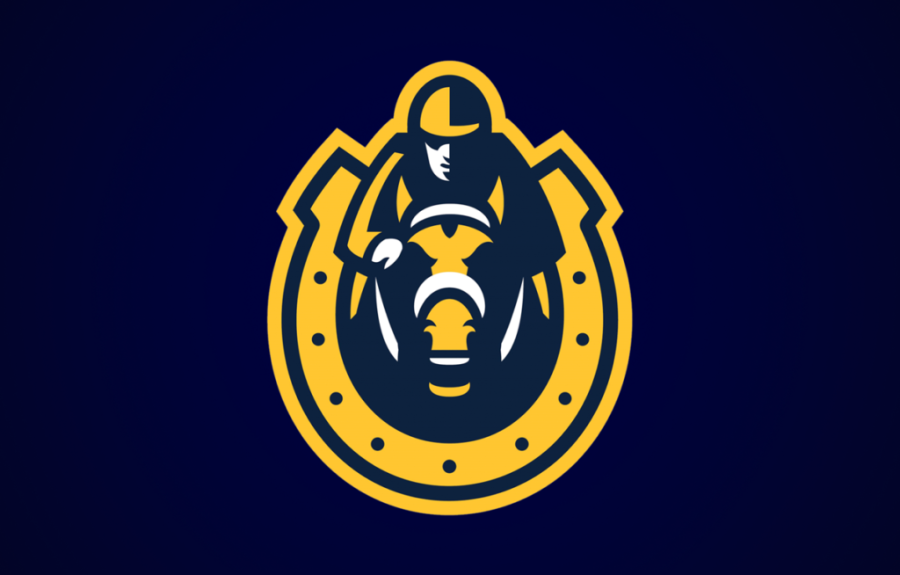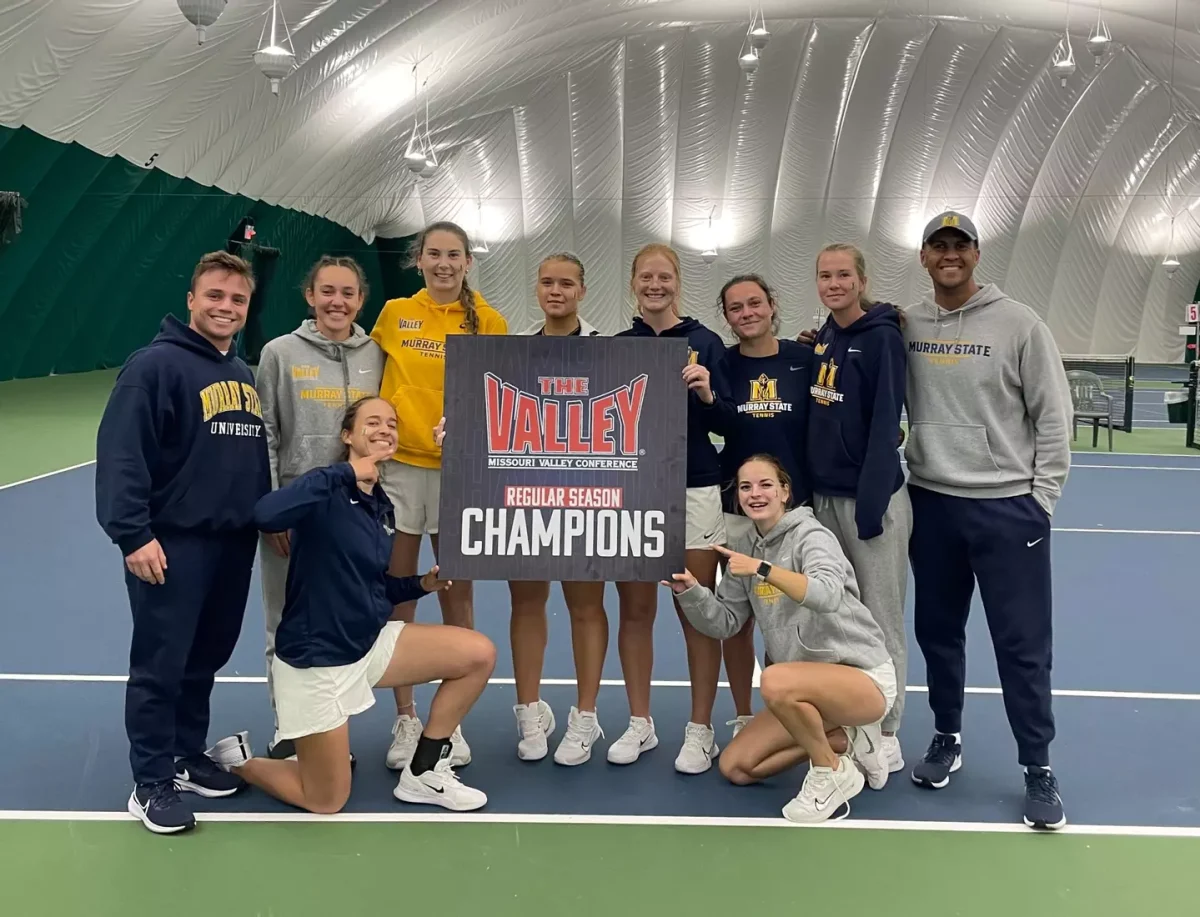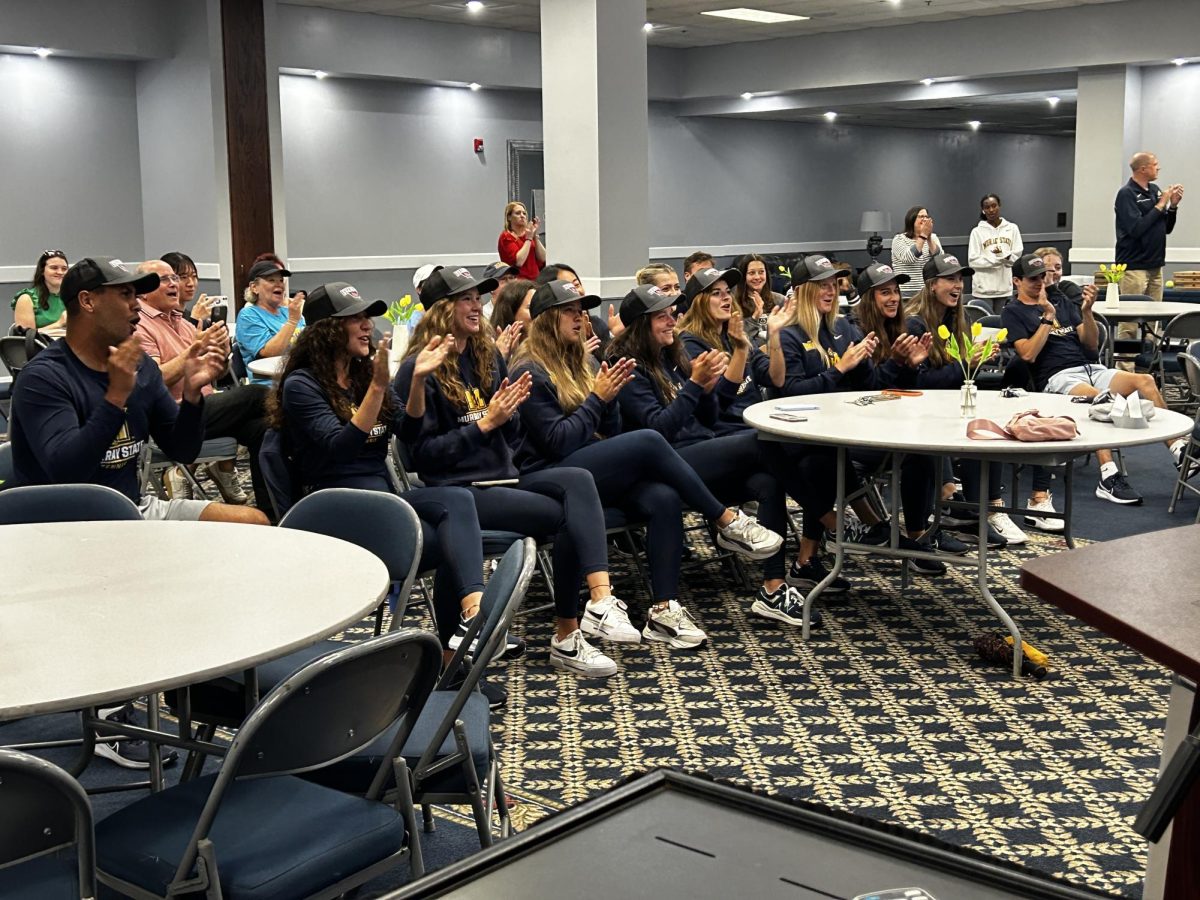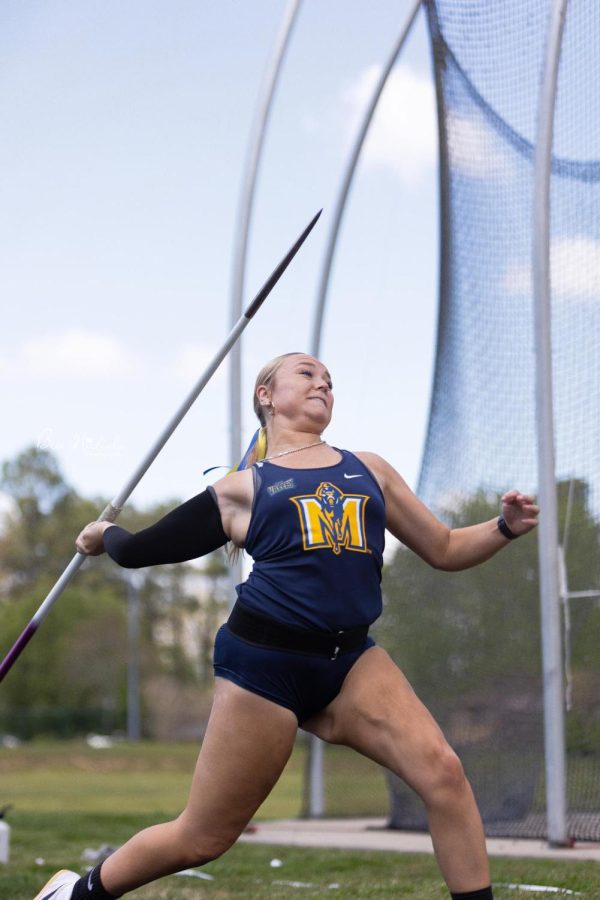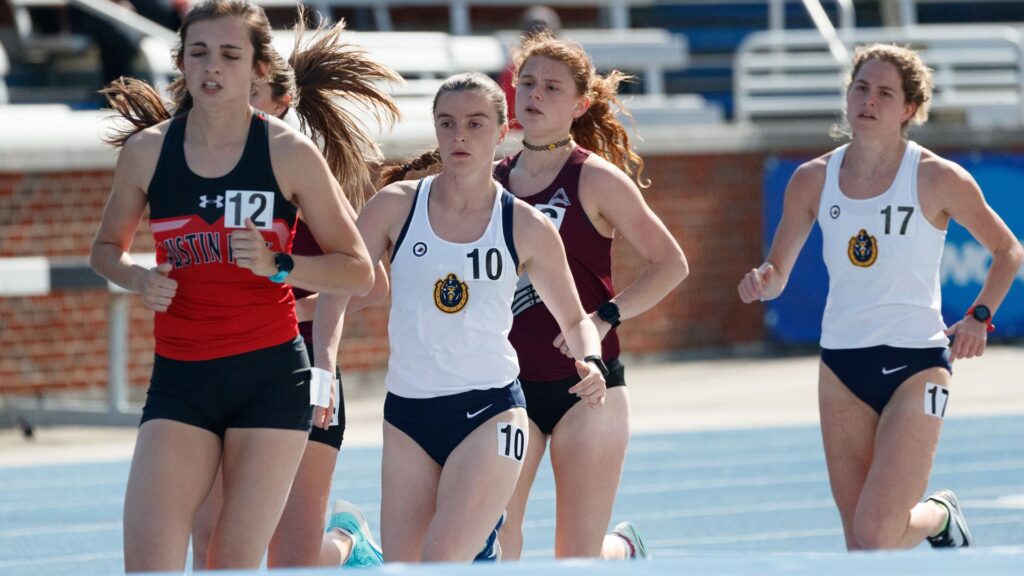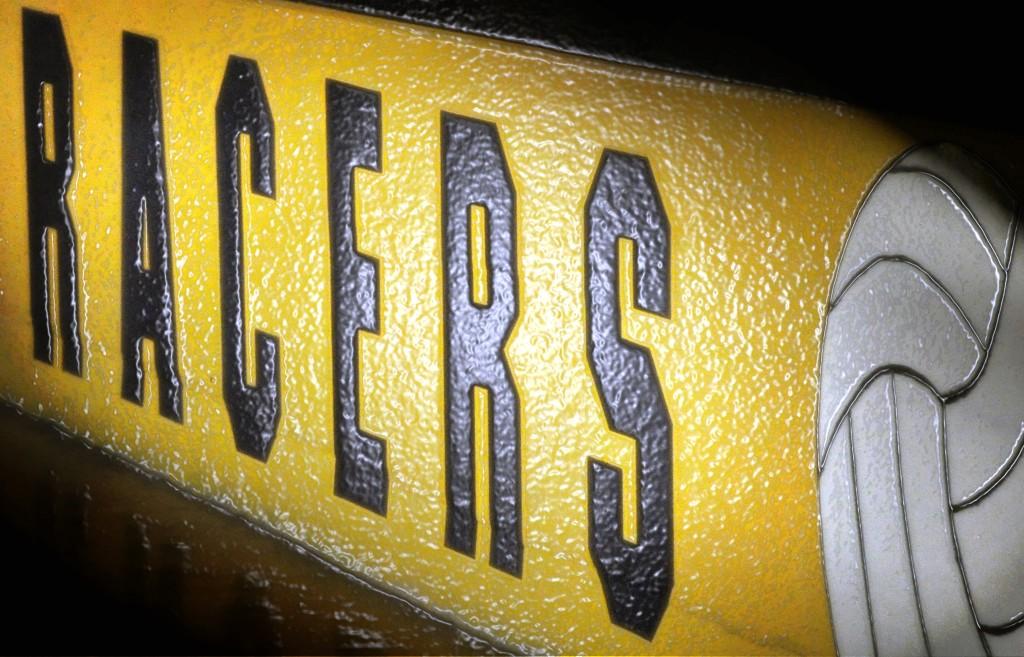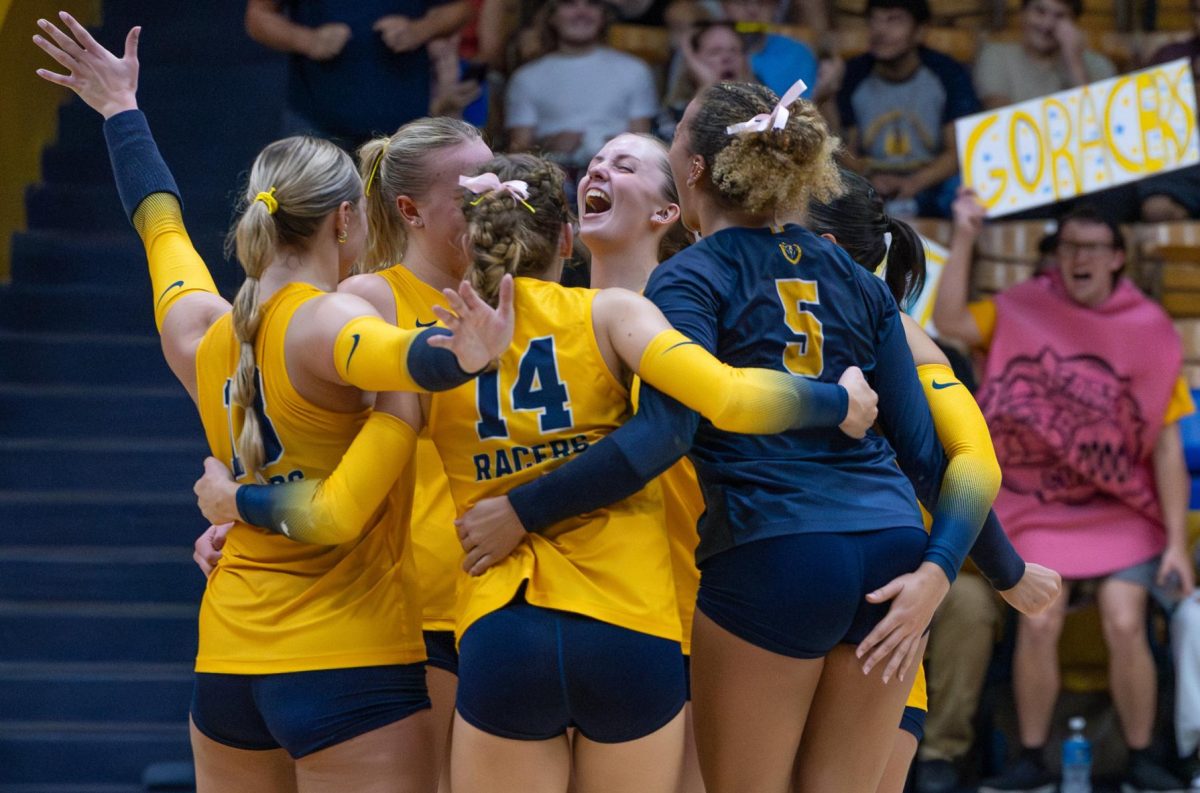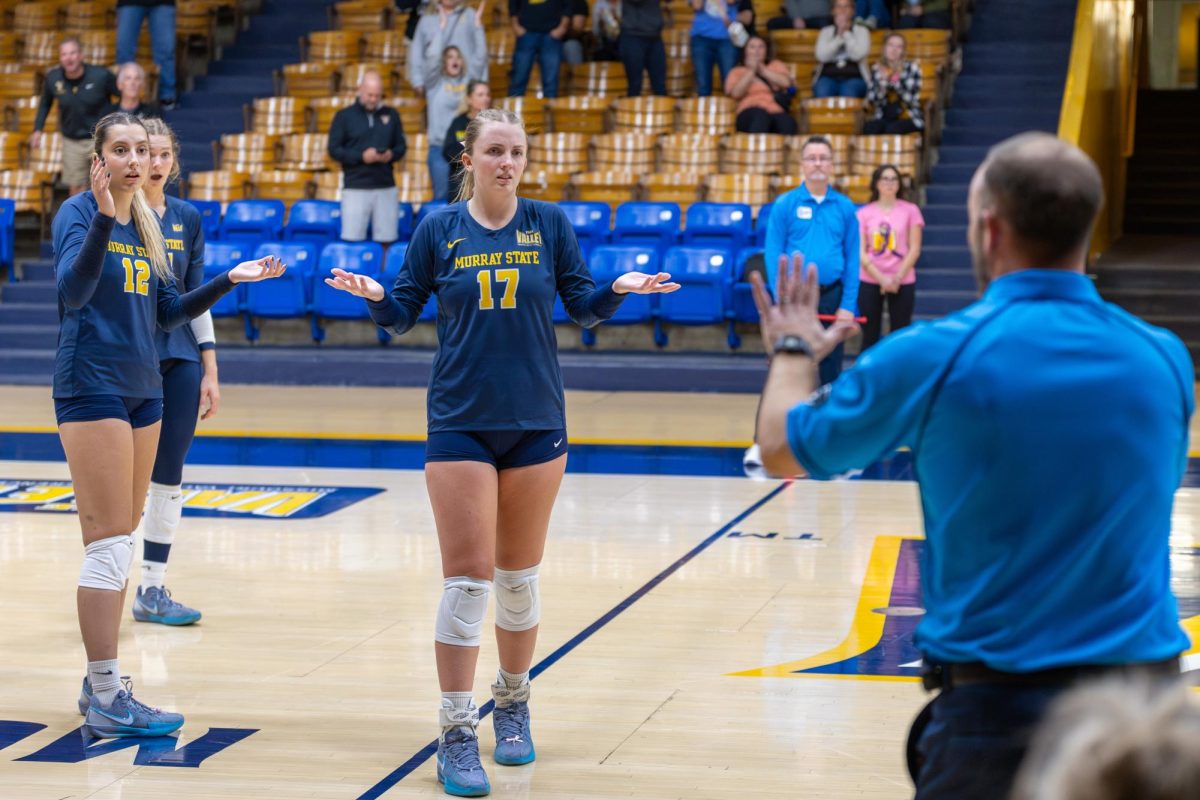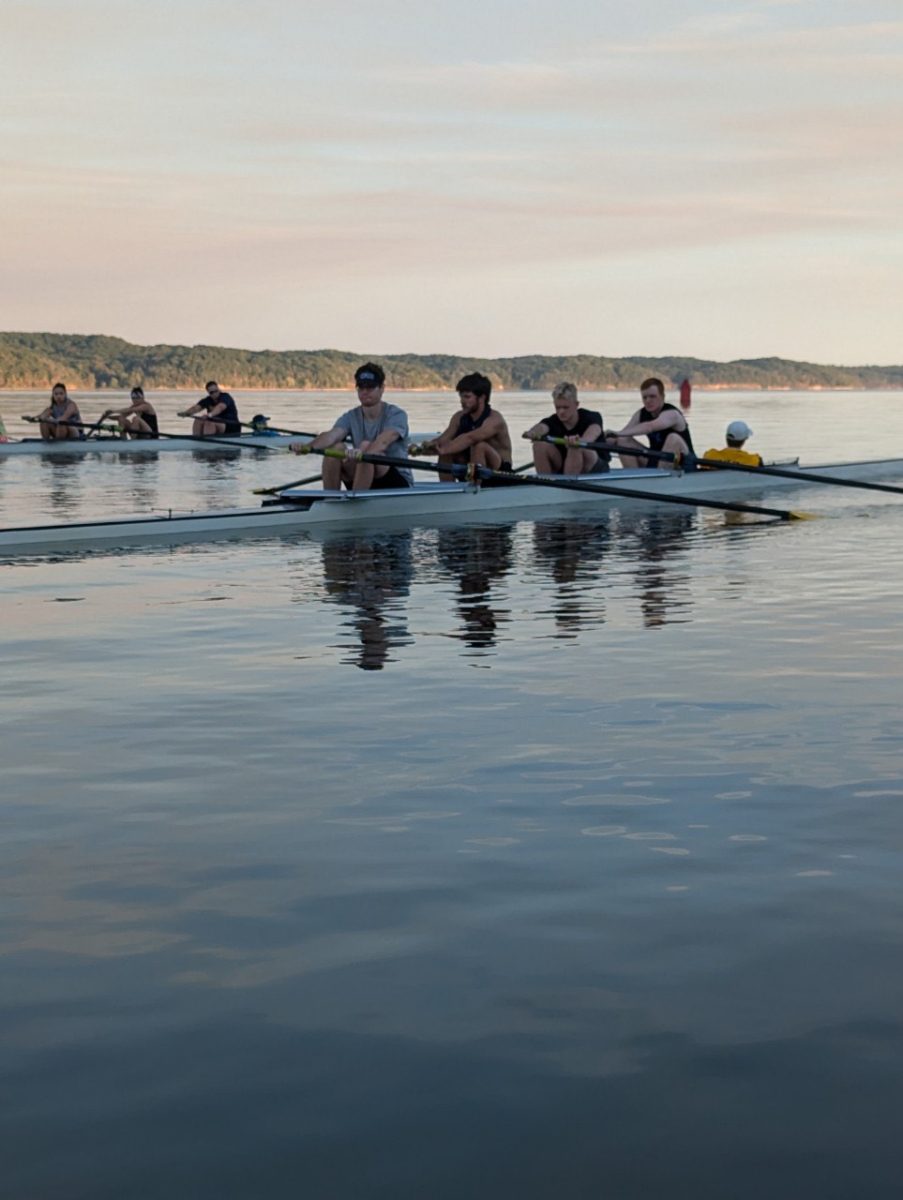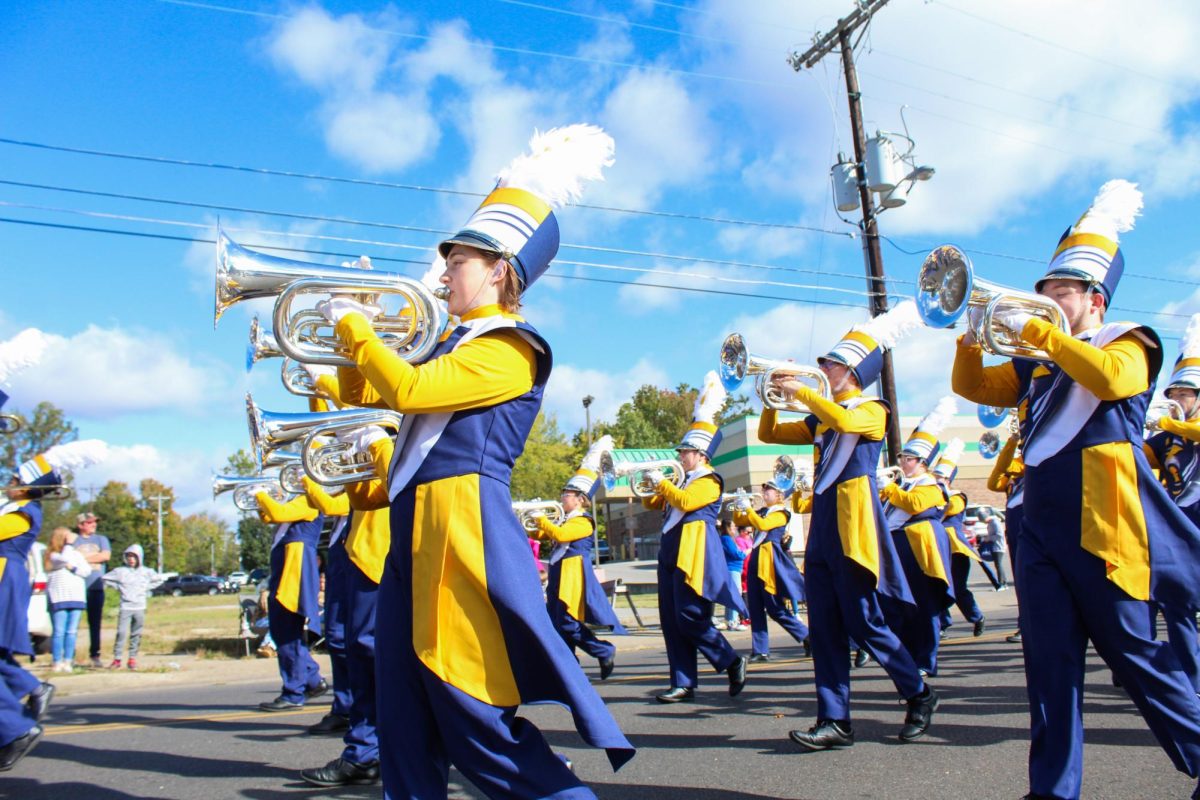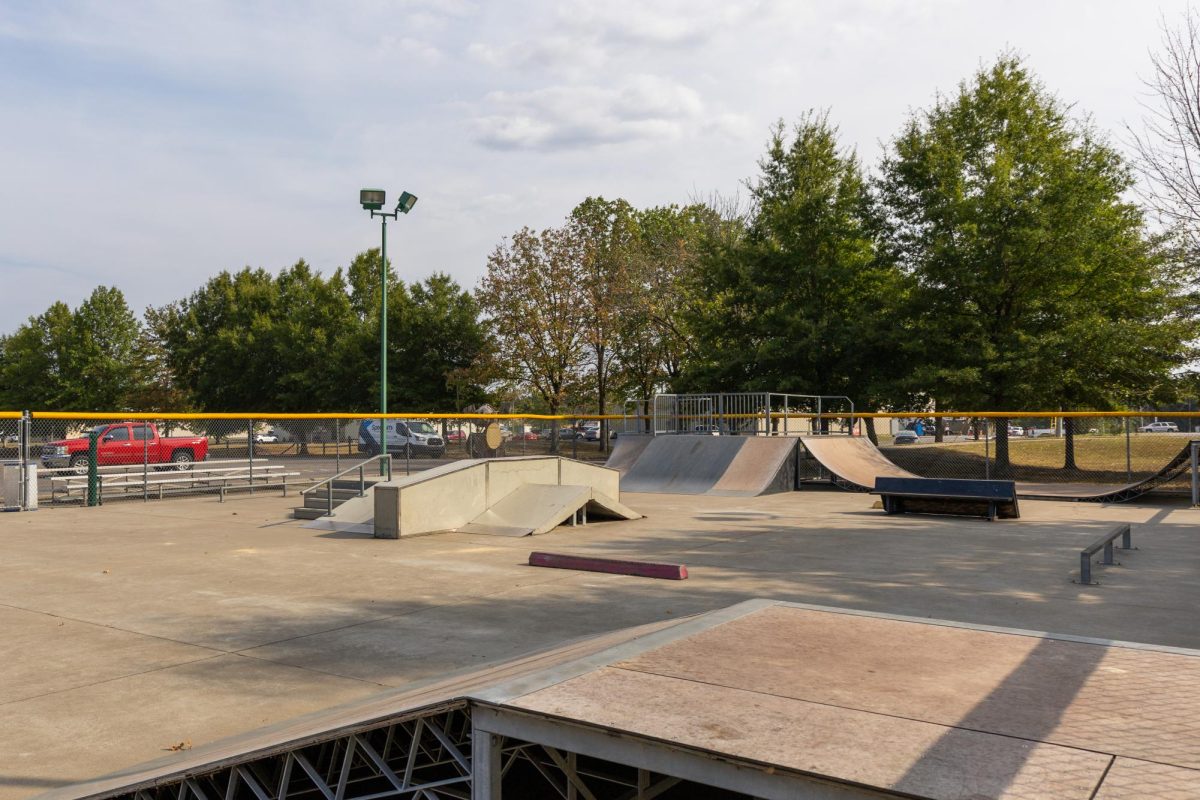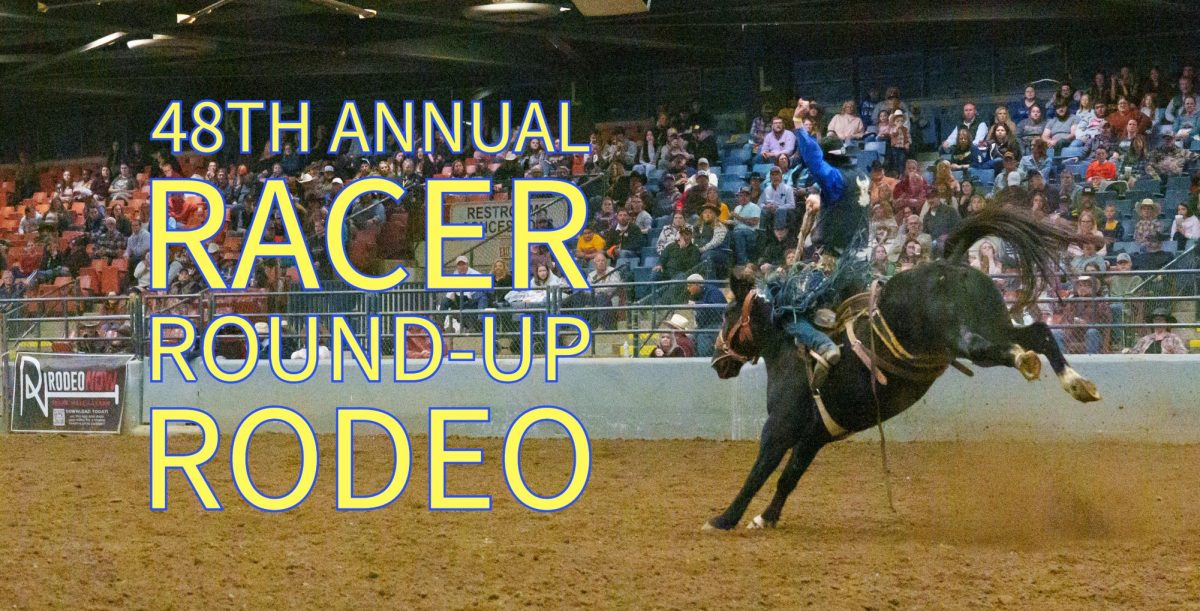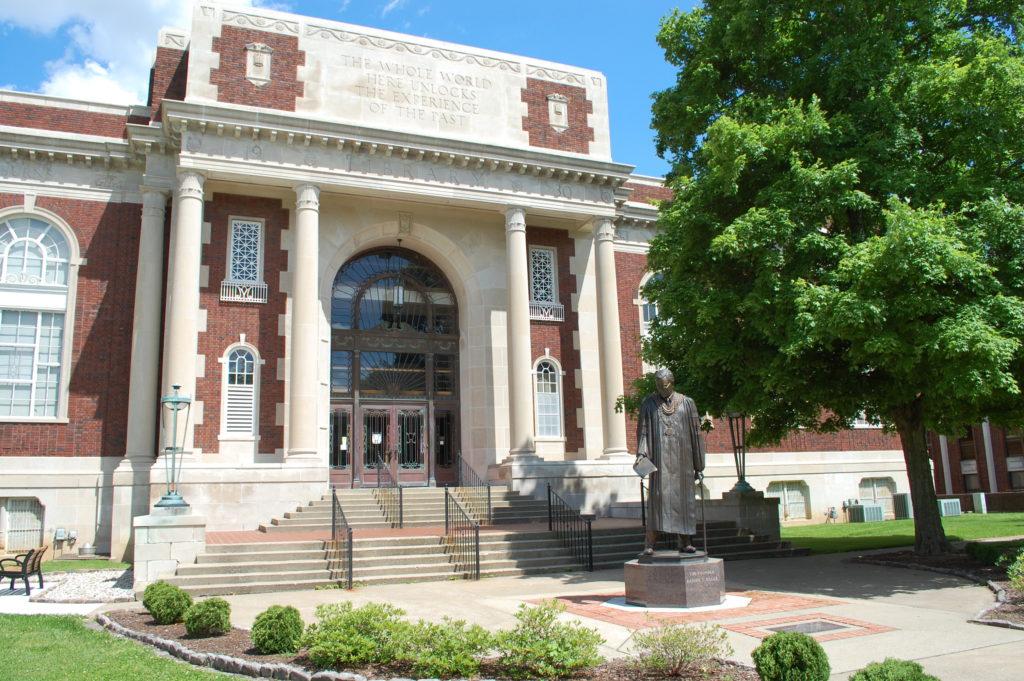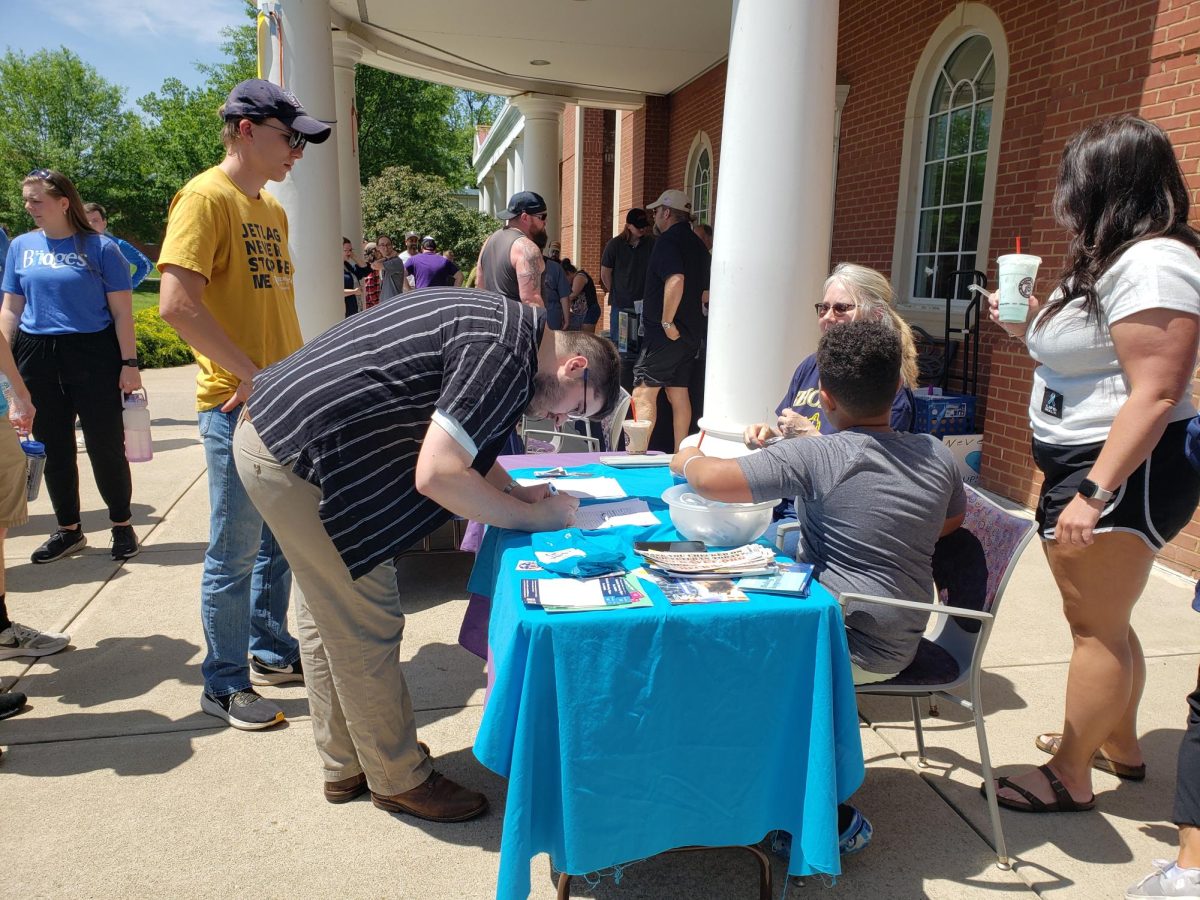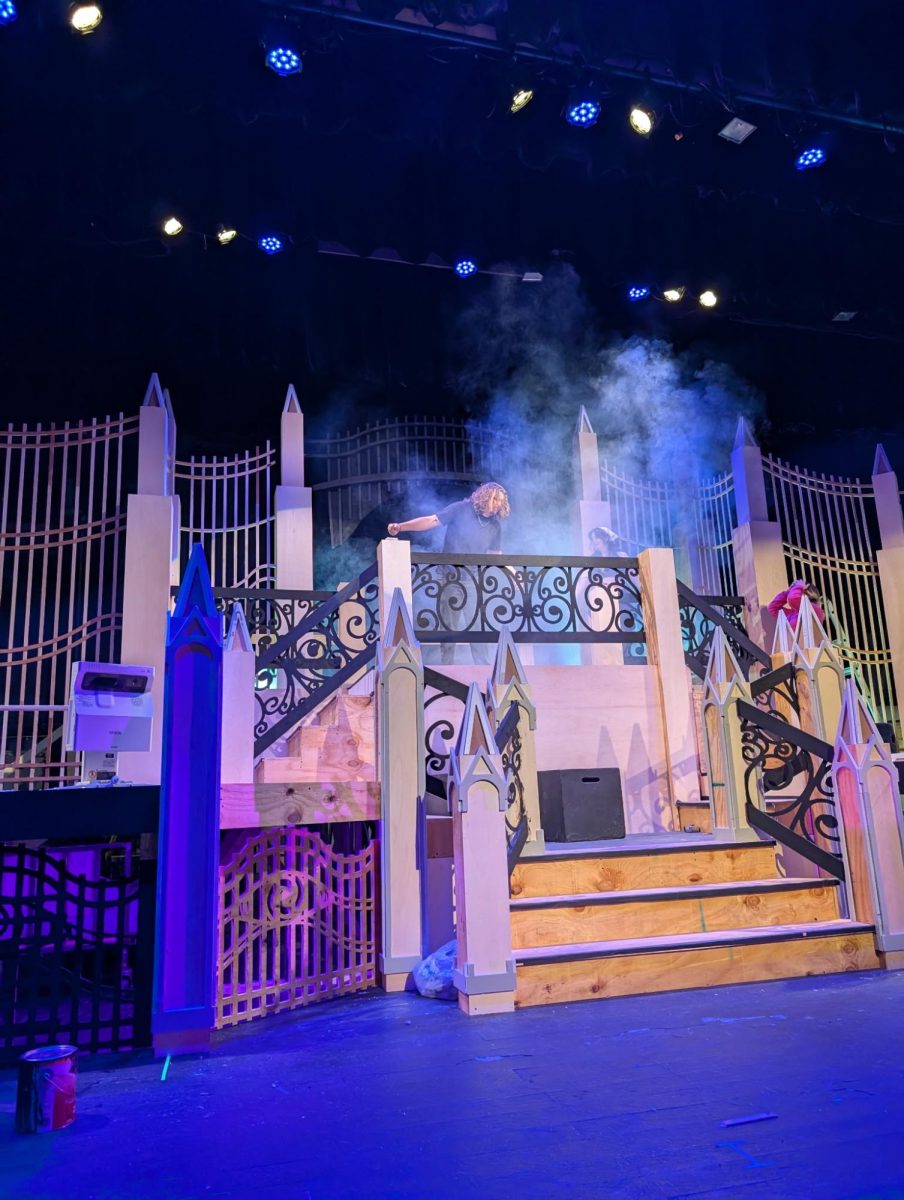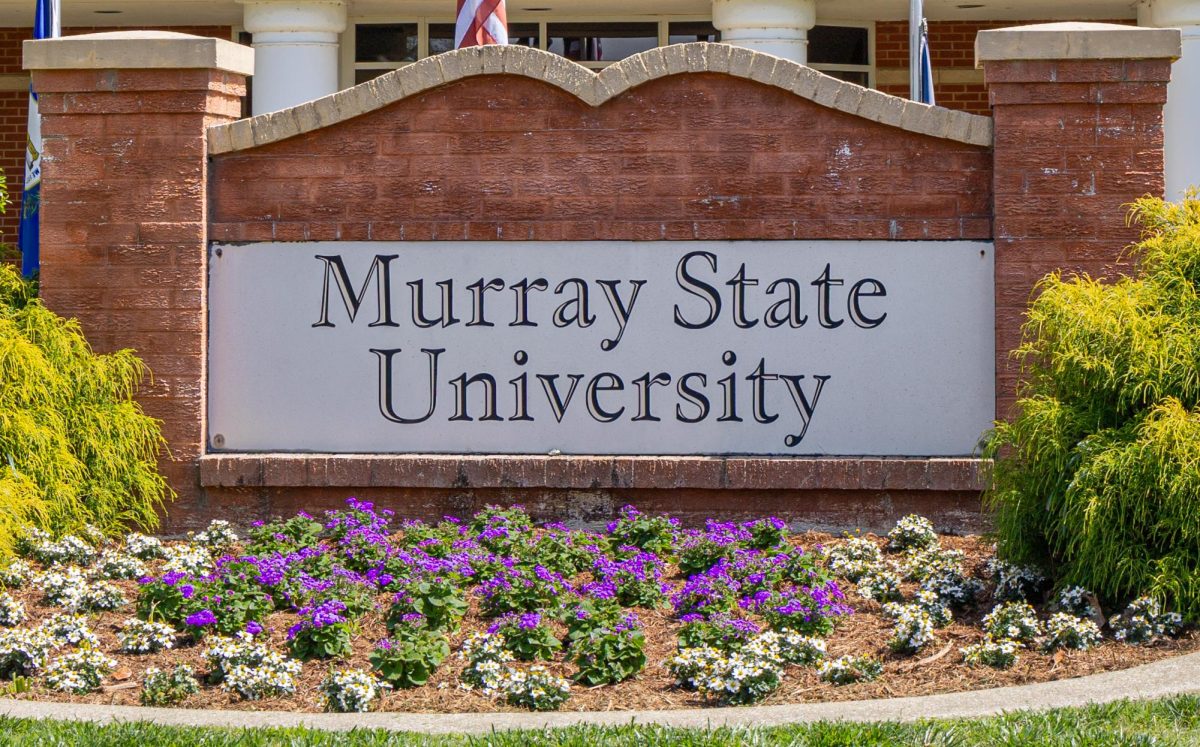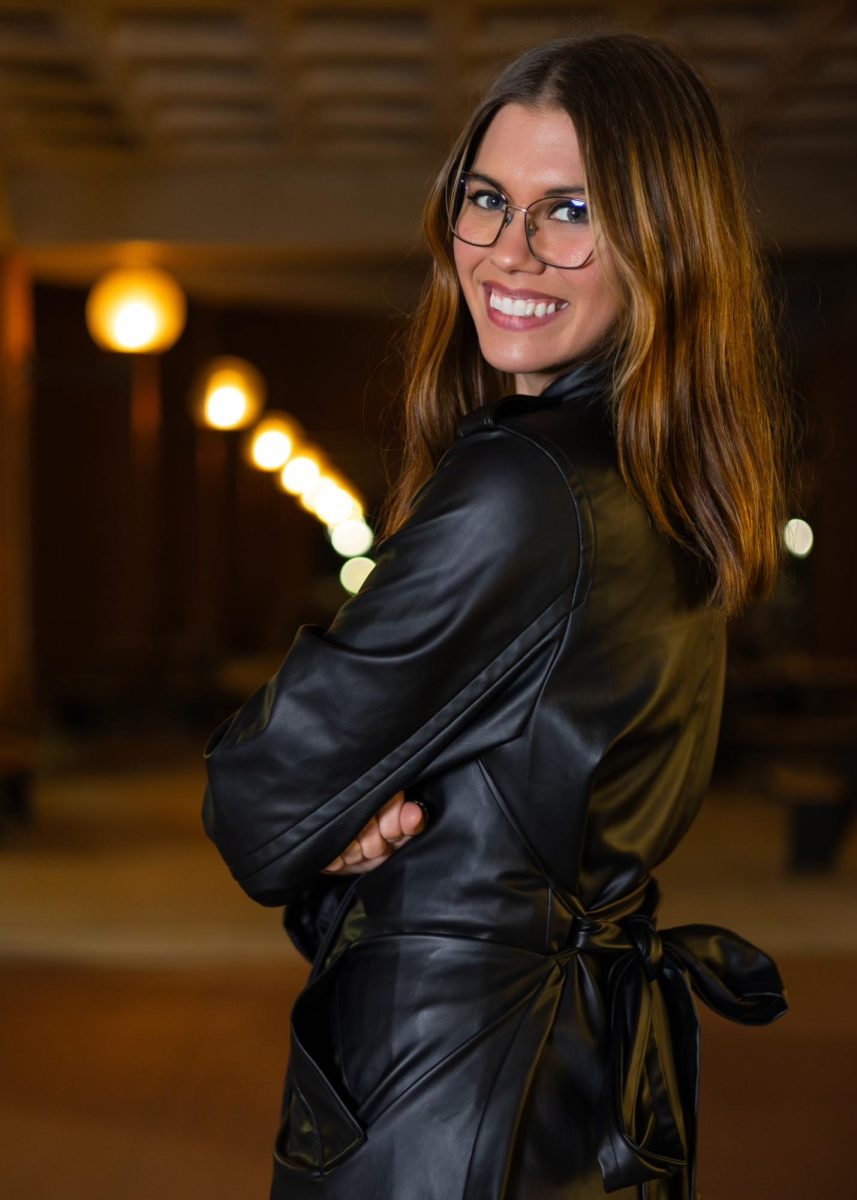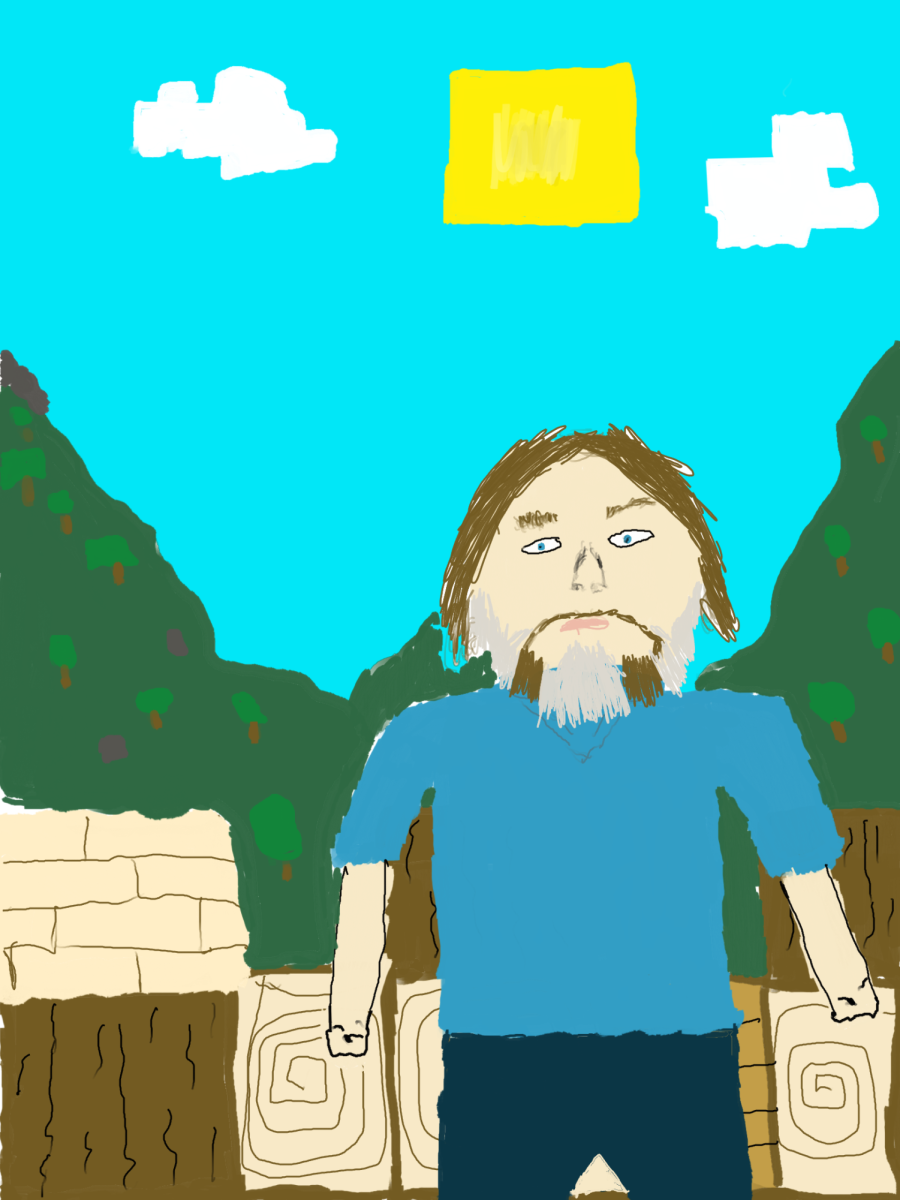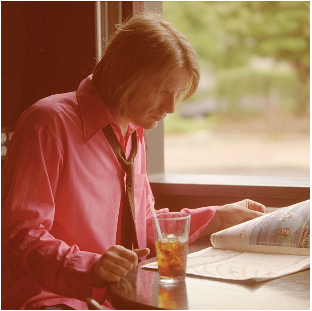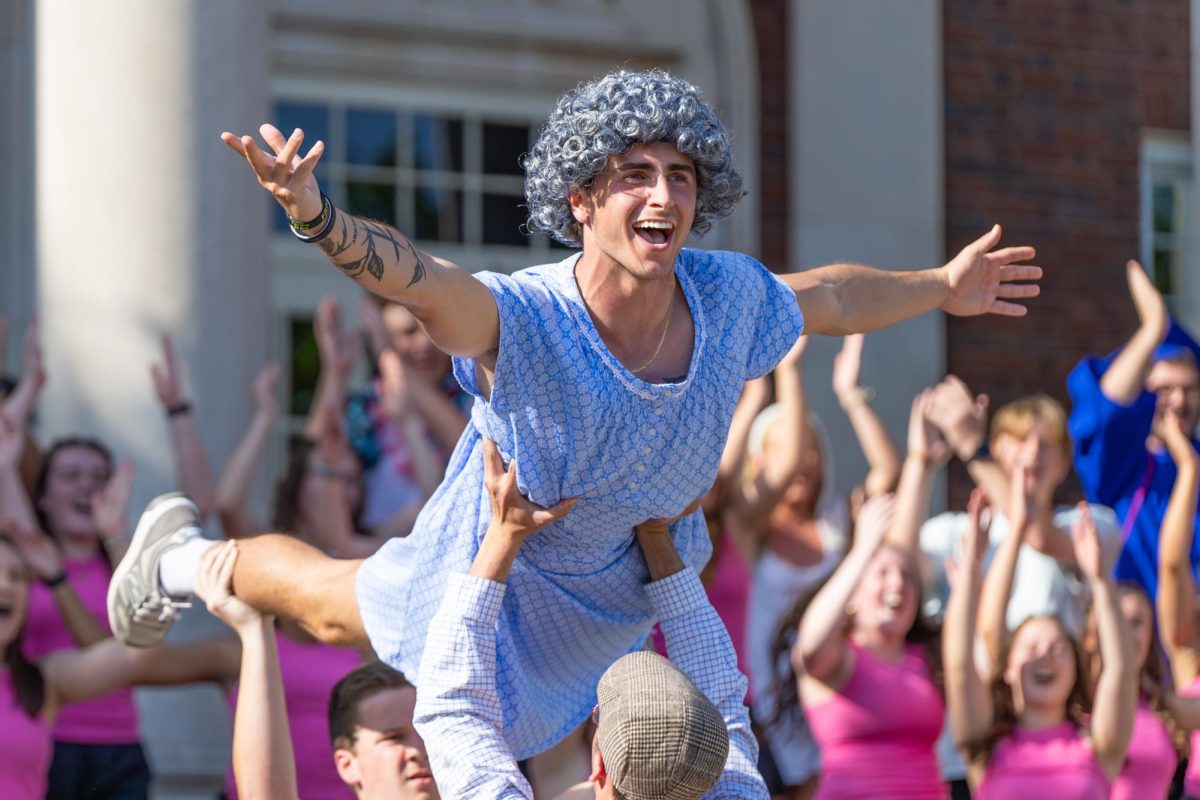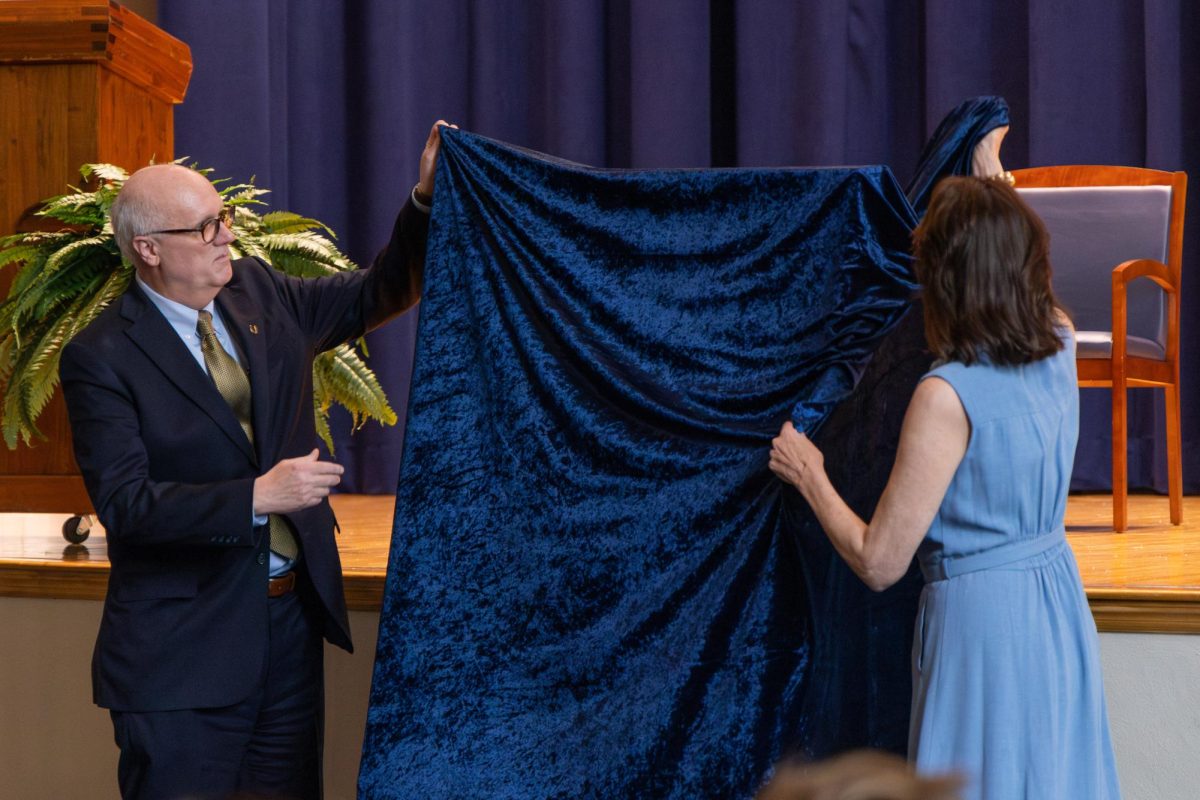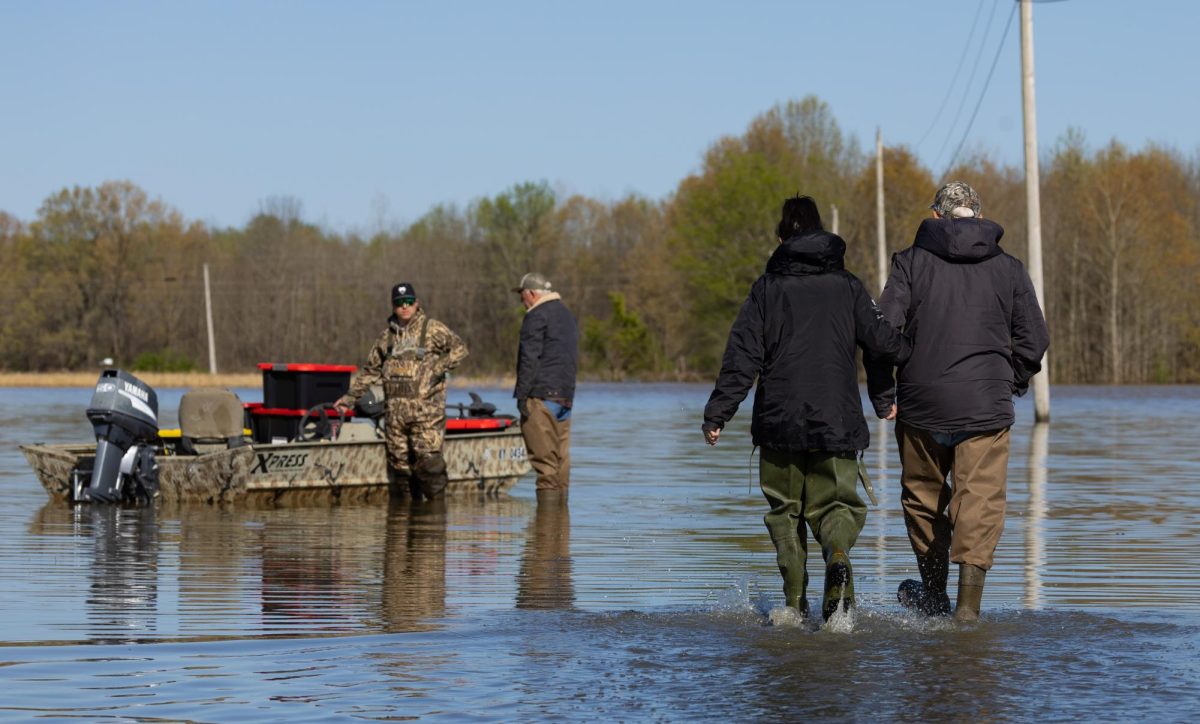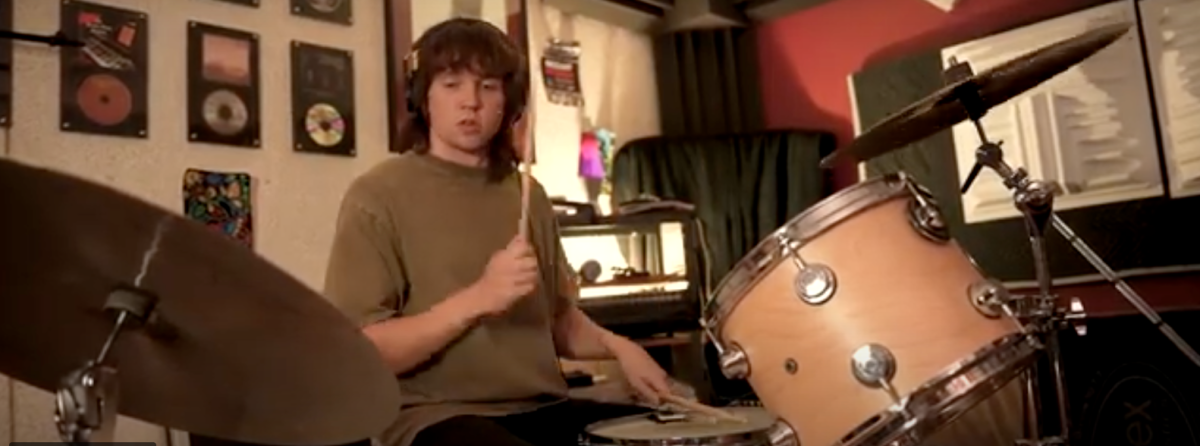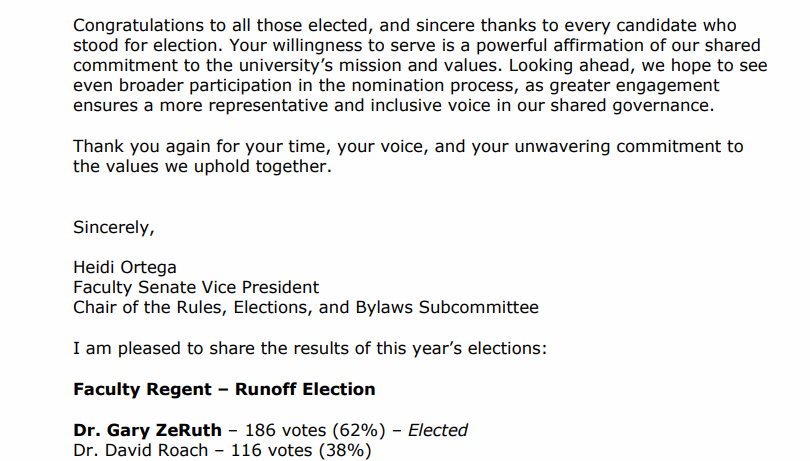Story by Mari-Alice Jasper, News Editor
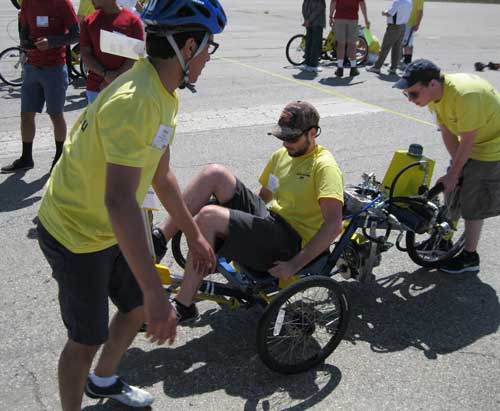
Morgan Hays, junior from Murray, pedals the bike the Murray State team designed for the Parker Hannifin “Chainless Challenge.”
(WITH VIDEO) – Using hydraulics and a lot of pedal power, three engineering students from Murray State brought home third this month in the national Parker Hannifin “Chainless Challenge” in Irvine, California.
THE UNDERDOGS
The three members of the smallest team competing in the Chainless Challenge this year, Morgan Hays, junior from Murray, Alex Derick, sophomore from Owensboro, Ky., and Majed Dukhi D Alotibi, senior from Saudi Arabia, had their work cut out for them.
Hays said he and the other members spent many late nights in the hydraulics lab at Murray State working on the bike, chugging coffee from Future Grounds to keep themselves going.
“We definitely felt like the underdogs going into this competition,” he said.
Sidney Martin, Science Engineering and Technology professor and adviser for the Murray State Chainless Challenge team, said the competition inspires students to advance the technology as much as possible.
“The most efficient way to make a bicycle go is with a chain,” he said. “But they are always trying to find new controls.”
Engineering students from Murray State have been participating in the Chainless Challenge since 2005 and were defending champions from last year. Competitors have to build a working bicycle using compression rather than a chain to keep it going.
THE BIKE REDESIGNED
Martin said the Murray State team entered a three-wheel bike in which the seat is lower and the pedals are higher. This recumbent style bike and has two wheels in the front and one wheel in the back.
He said the team started working on the design during the fall semester.
“At the time we knew our bike was too heavy,” he said. “So we redesigned the bike to eliminate as much weight as possible.”
Martin said before the redesign, they were using hydraulic accumulators that weigh about 45 pounds each. This year, they swapped to a newer model that is about half the size and half the weight of the older accumulators.
The maximum weight for the bike to compete is 225 pounds, according to the Chainless Challenge rulebook. The bike the Murray State team submitted weighed 242 pounds, so the team lost some points, but they were still able to compete.
Martin said parts of the transmission were sent to Engineering Graphic and Design students who used 3D printing to change originally metal parts into plastic, lighter parts.
The transmission on the bike is a five speed Baker transmission equipped with custom gear ratios to make the bike work.
Using a 3D printer saved the team about 7 pounds in weight overall.
Martin said for the bike to work, the rider has to pedal the bike as hard as possible to build up 4,000 pounds per square inch of compression. This pressure is then applied to a fluid: hydraulic oil.
The oil flows through the motor and spins the gears causing the rear wheel to turn and move the bike forward.
Martin said it takes about 10 minutes to fully “charge” the bike.
“Within those 10 minutes, we sometimes have to change peddlers three times because they get tired,” he said.
COMPETING IN CALIFORNIA
At the competition, teams subjected their bikes to three tests to determine the designs’ strengths and weaknesses.
The drag race is a 200-yard sprint for the bikes.
The efficiency test determines which team’s bike can push the most weight the farthest.
The distance test, a six and a half mile race, aims to see how far the bike can go after being fully charged once.
The Murray State team won first place in the sprint race and won third place in the efficiency test.
“Our bike is like a racehorse,” Martin said. “We go really fast for a short, defined distance.”
Hays said he thought the competition went smoothly and that it was organized well.
Parker Hannifin, a billion dollar global company, is the world’s leading manufacturer of motion and control technologies and systems.
The company’s goal is to solve some of the world’s greatest engineering challenges, according to their website.
Ten teams including competitors from Purdue University, University of Akron and the Illinois Institute of Technology participated in the 2015 Chainless Challenge.
The Chainless Challenge is one way Parker Hannifin is working to attack these challenges head on.
Hays said Parker Hannifin transports the competitors by shuttling them to the air field where the competition took place via charter bus.
“As soon as you get off that bus though,” he said. “That’s when things get serious.”
Hays said the questions from multiple judges out in the field were the most frustrating part of the competition.
Competitors were required to give a presentation on their design to leaders at Parker Hannifin as well as get their bike back in working condition before the competition begins.
Hays said all of the air and fluids in the bike had to be removed from the bike before it was transported to California.
“The team has three to four hours to prepare your bike before the competition begins,” he said. “You have to replace the fluids in the bike and the air in the tires.”
LOOKING TO NEXT YEAR
Hays said he participated in the competition this year because he wanted the program at Murray State to keep going.
“Next year I want to deal more with the electrical side of the bike,” he said. “I want to try adding ‘Raspberry Pi’ to the system.”
Hays said the competition was an experience beneficial to his future career, because of the networking students were able to do while in California.
“Parker Hannifin is pulling students from the competition for employment,” he said.
Hays encouraged other students to get involved with the competition because of the experience, but also because of the fun he had working with his colleagues.
“The three of us are the old team now,” he said. “But we want to help students that are a part of the new team to help them be successful.”



